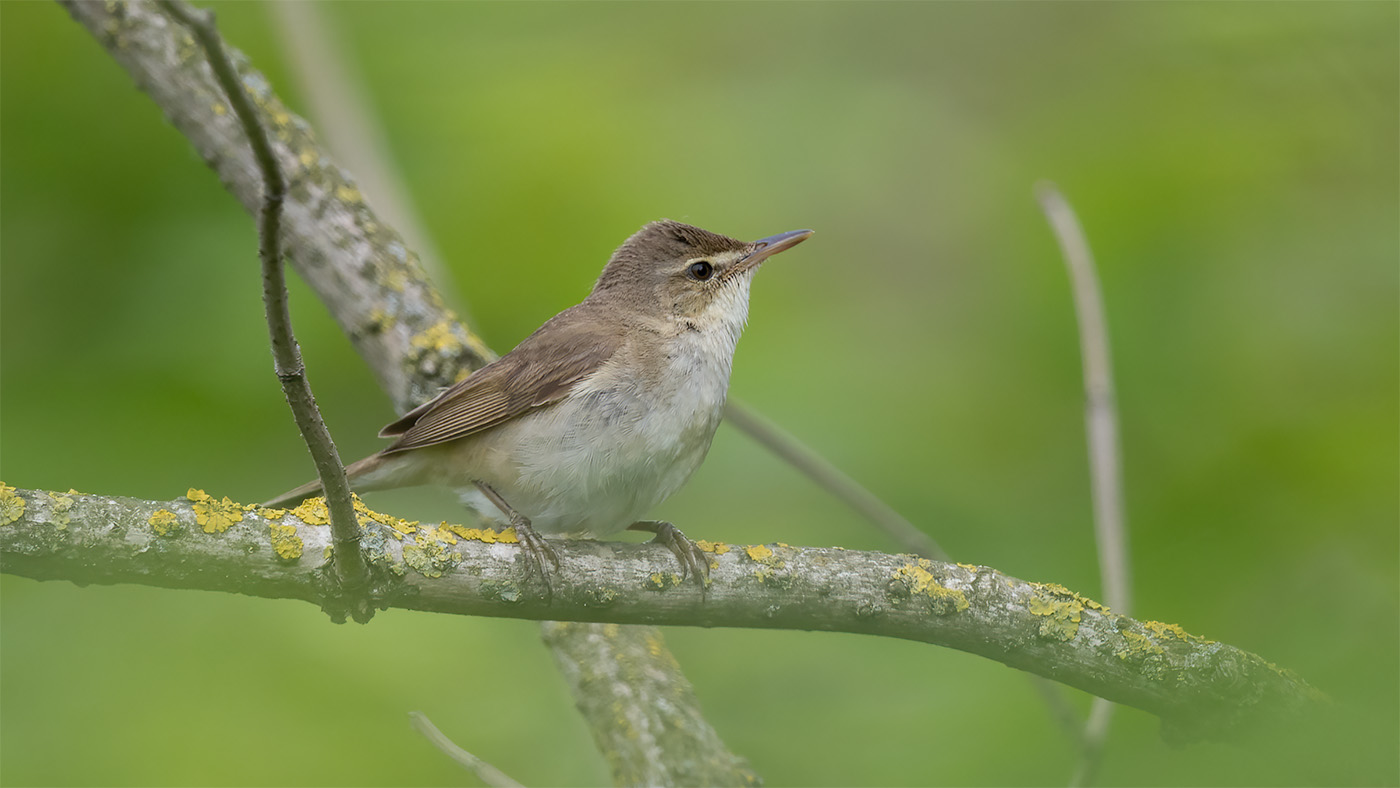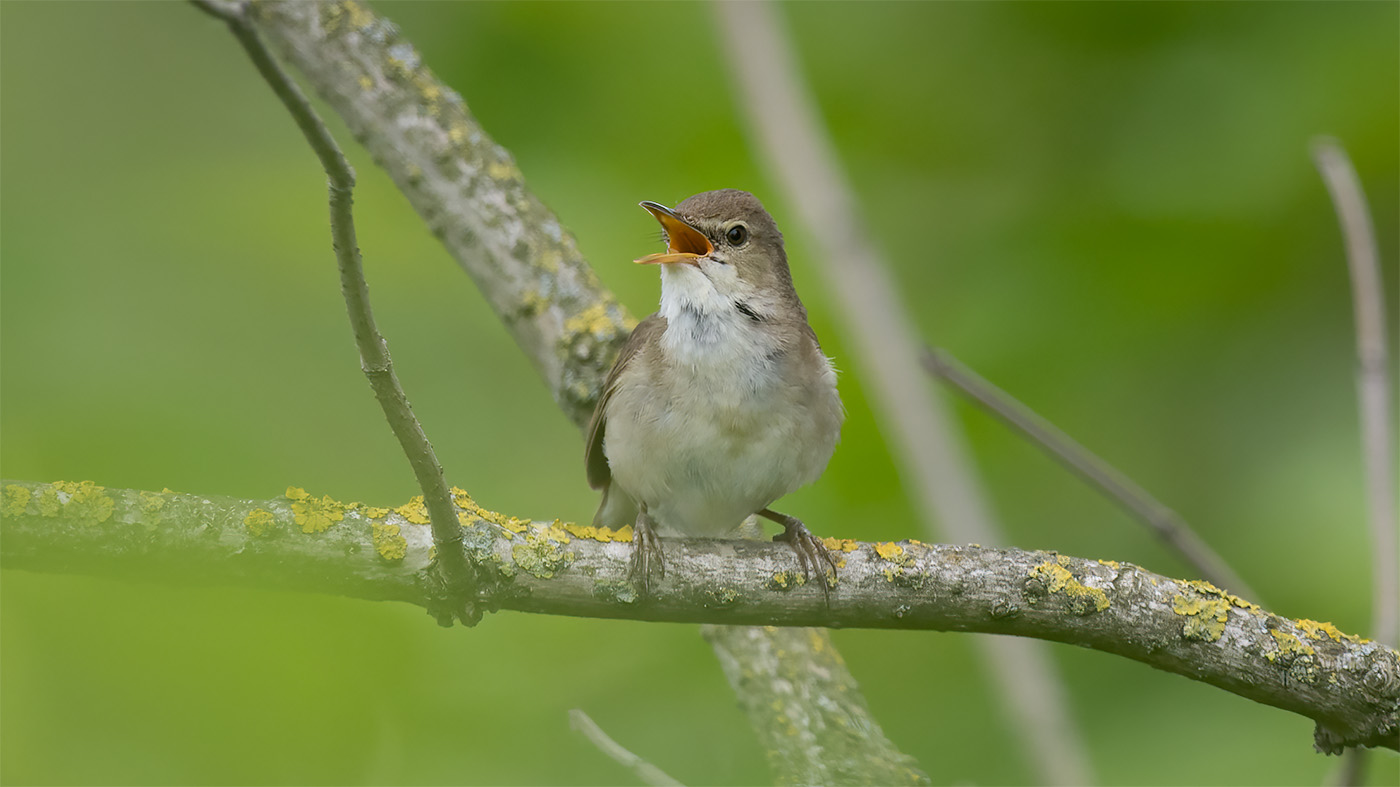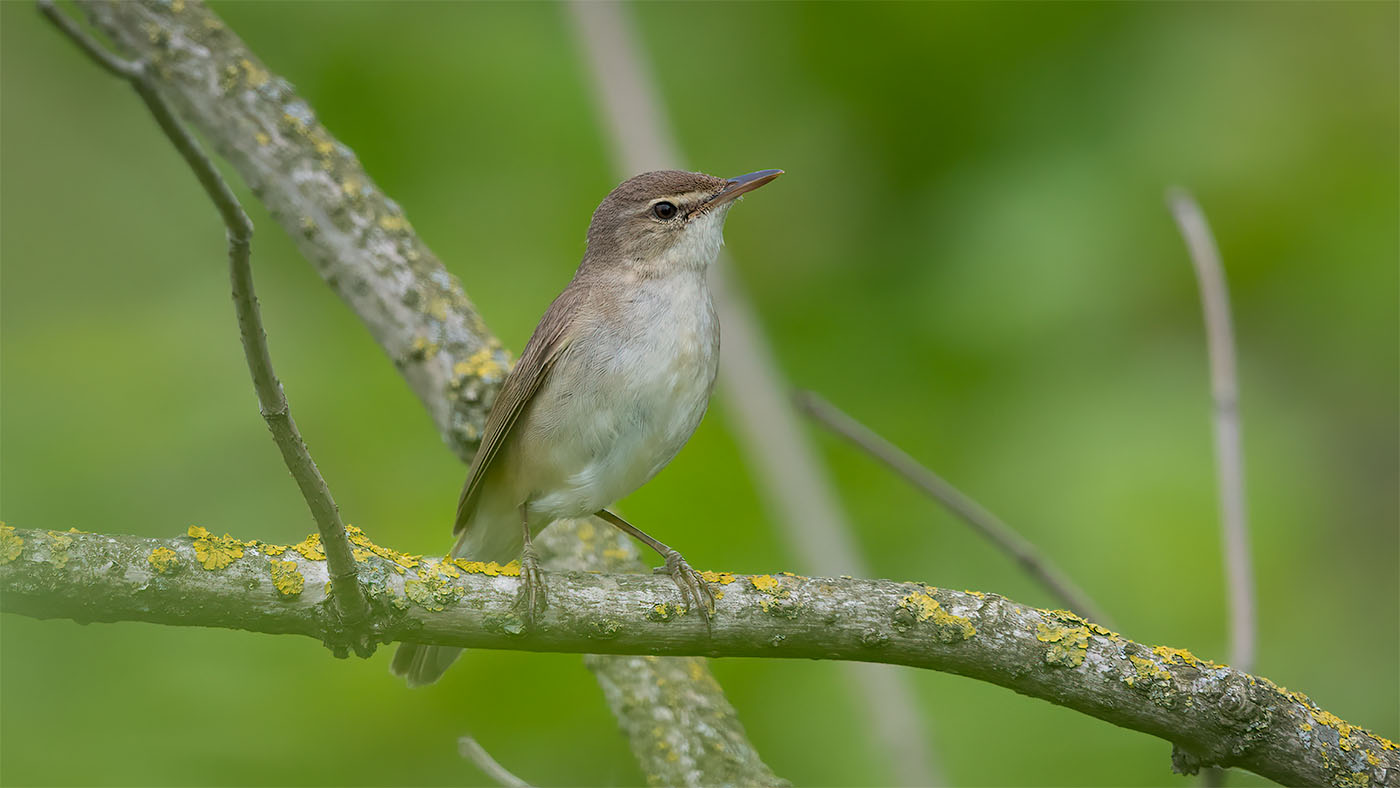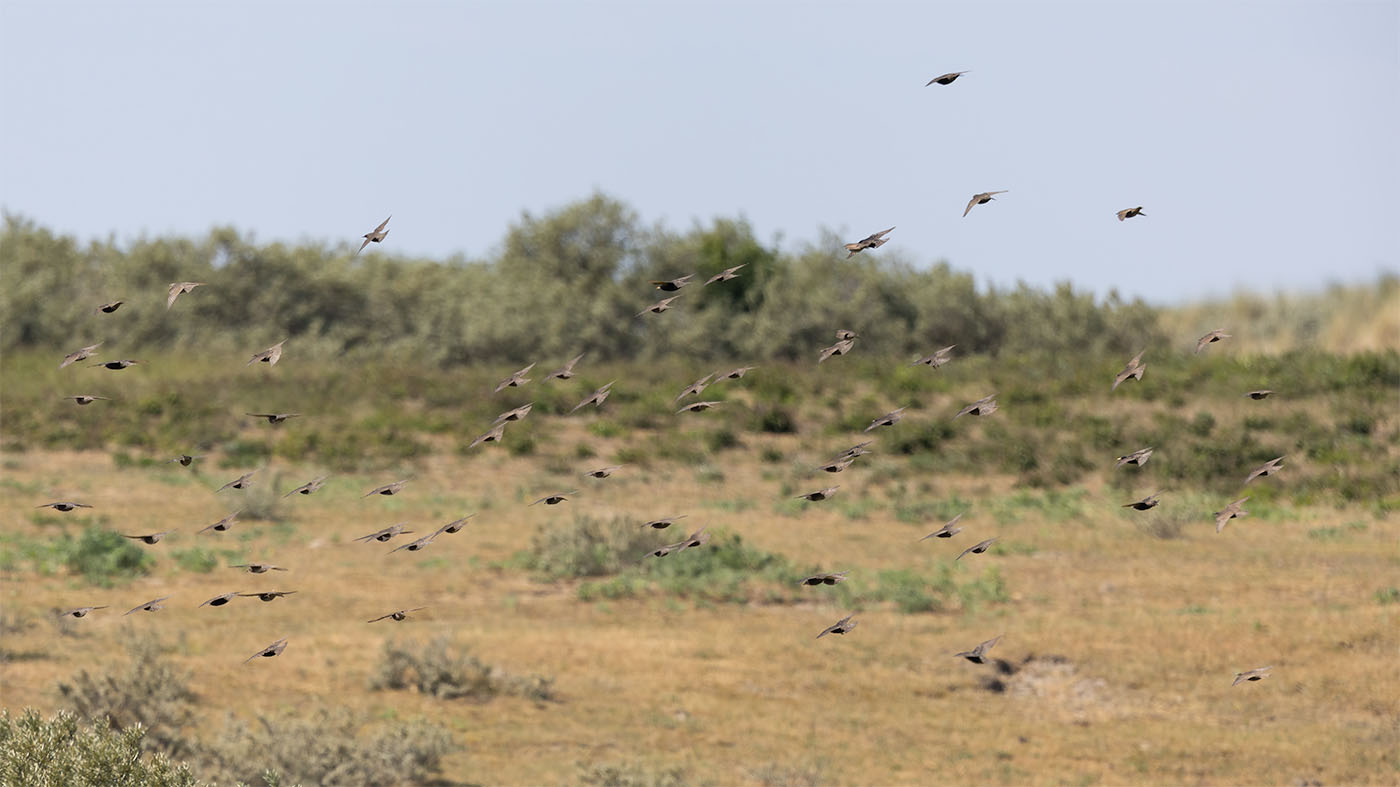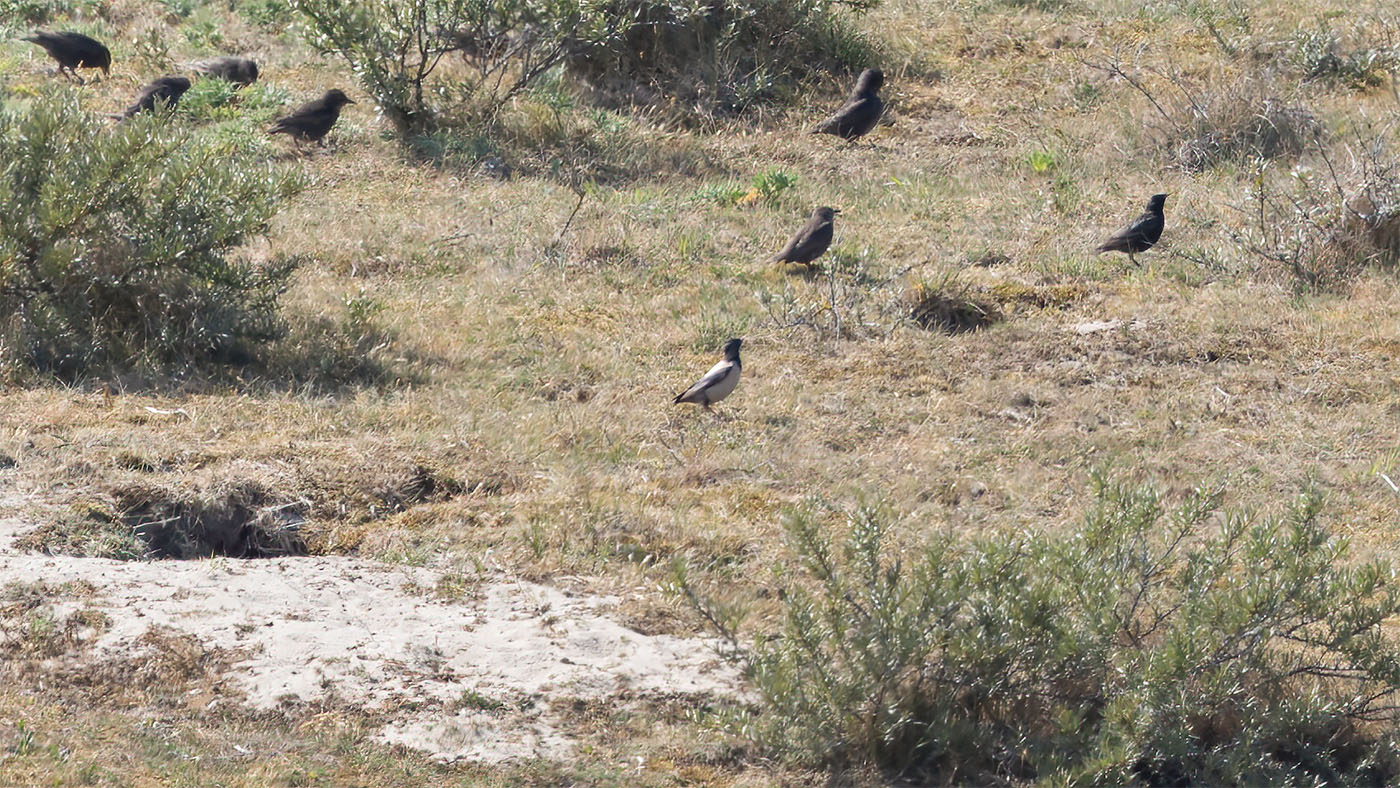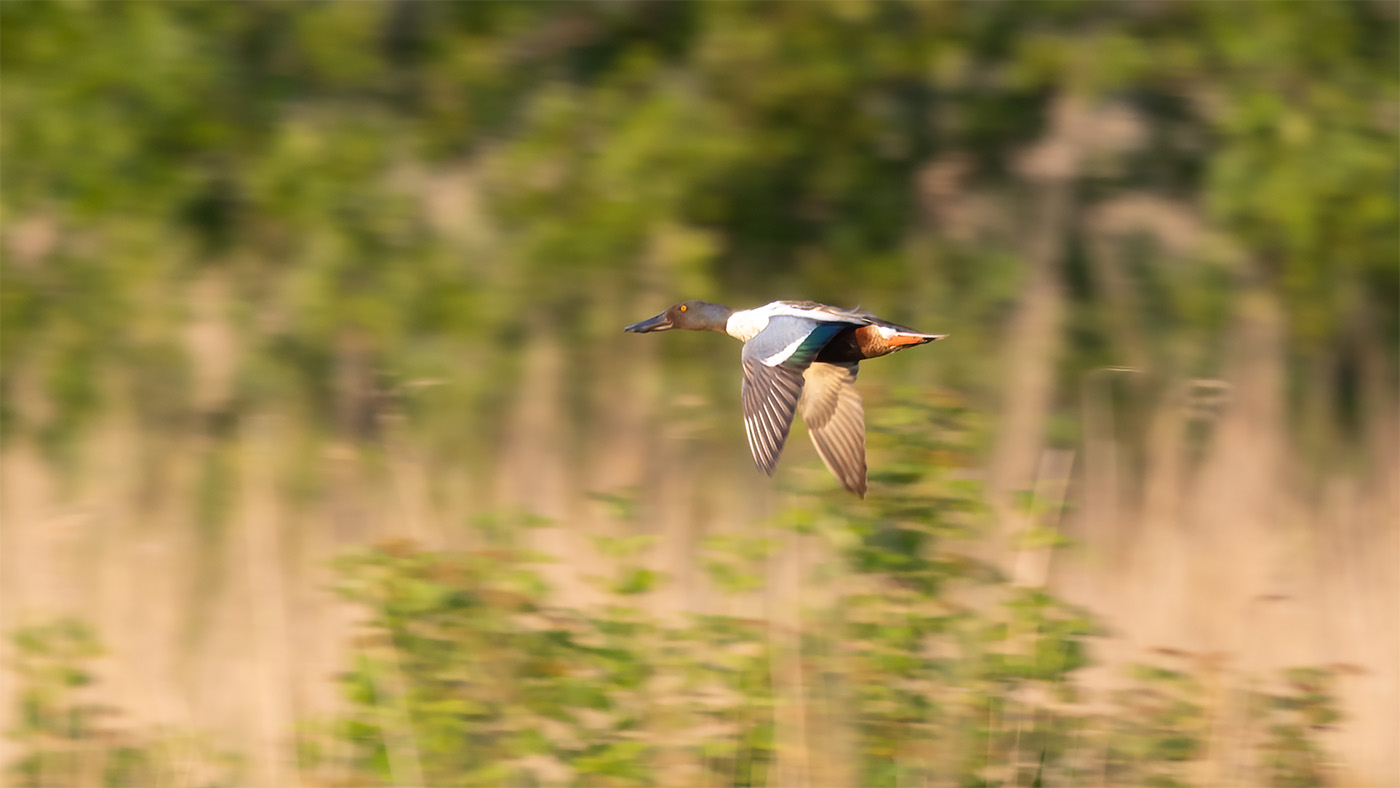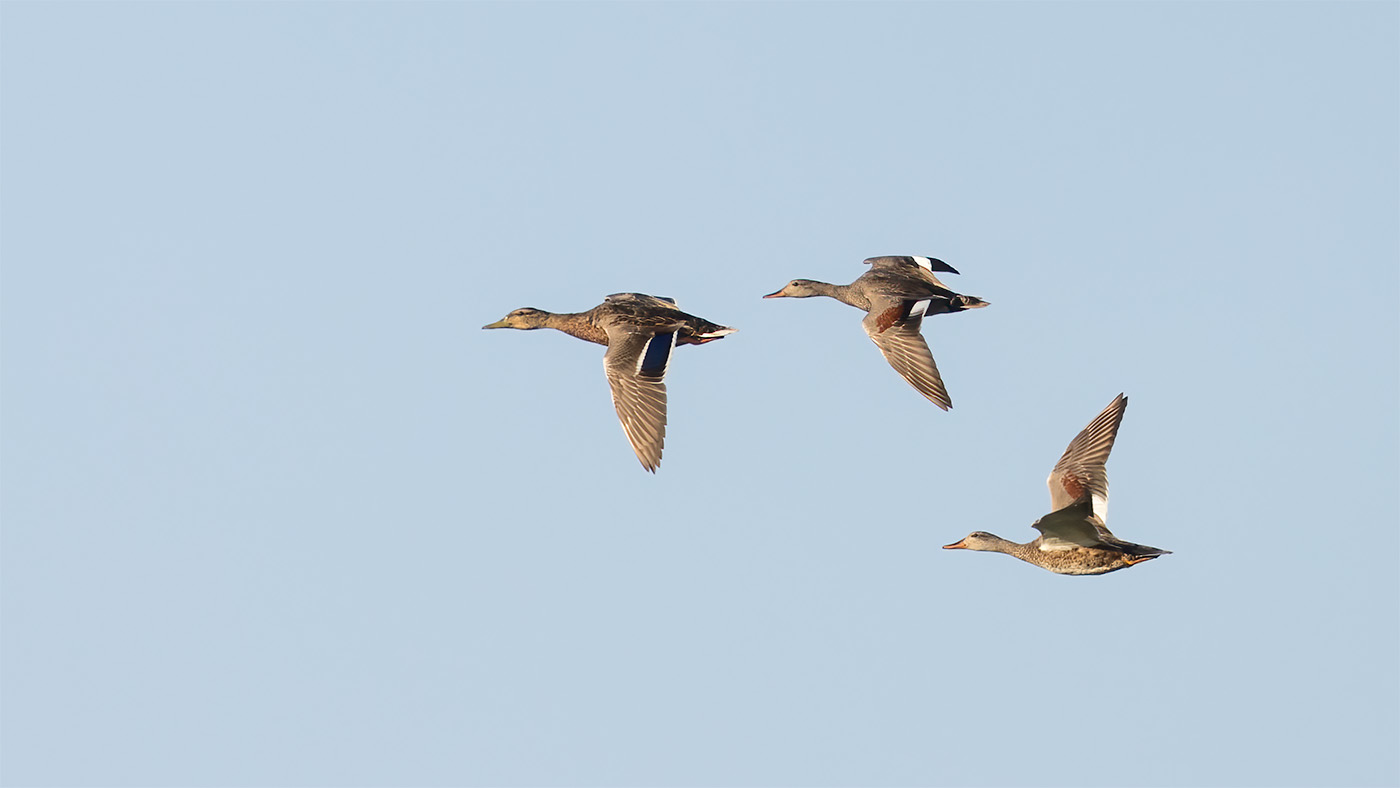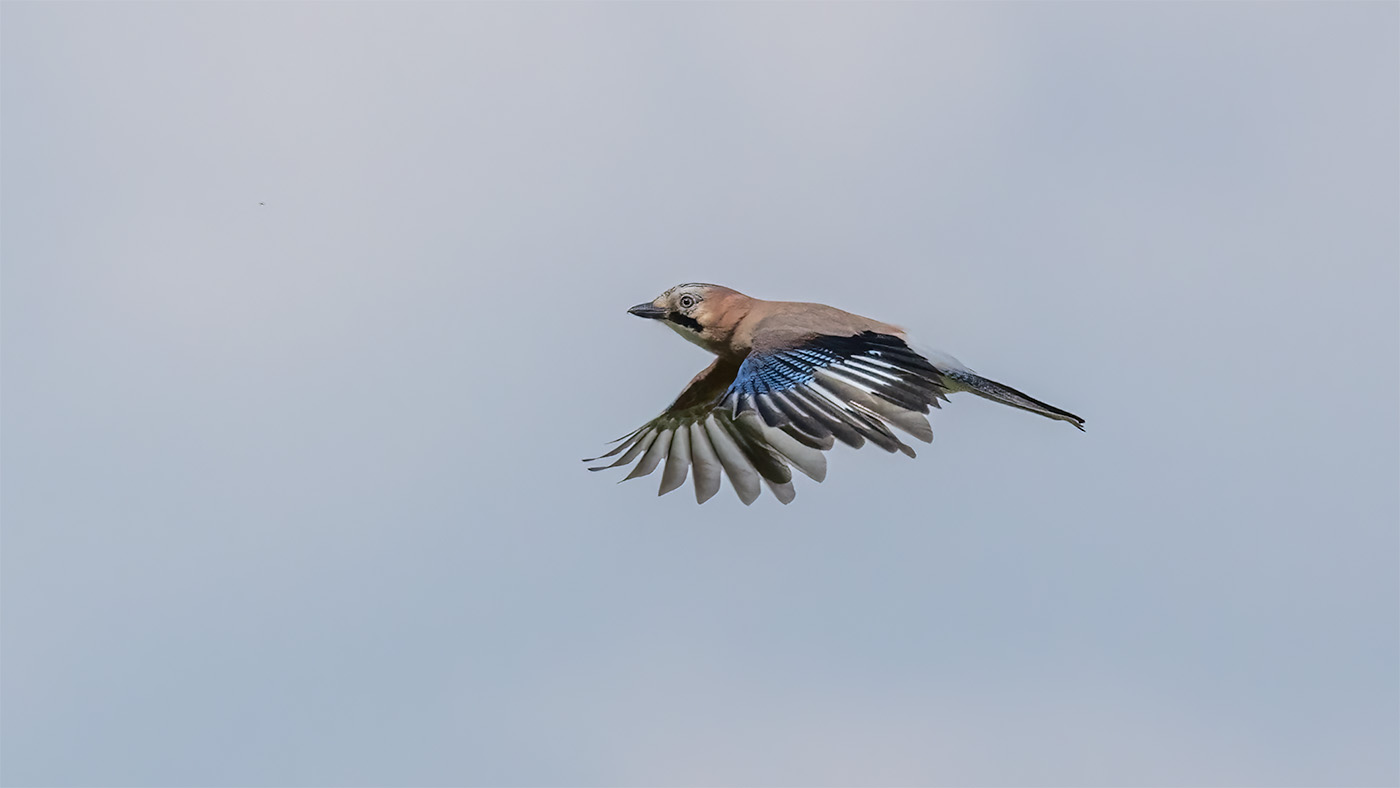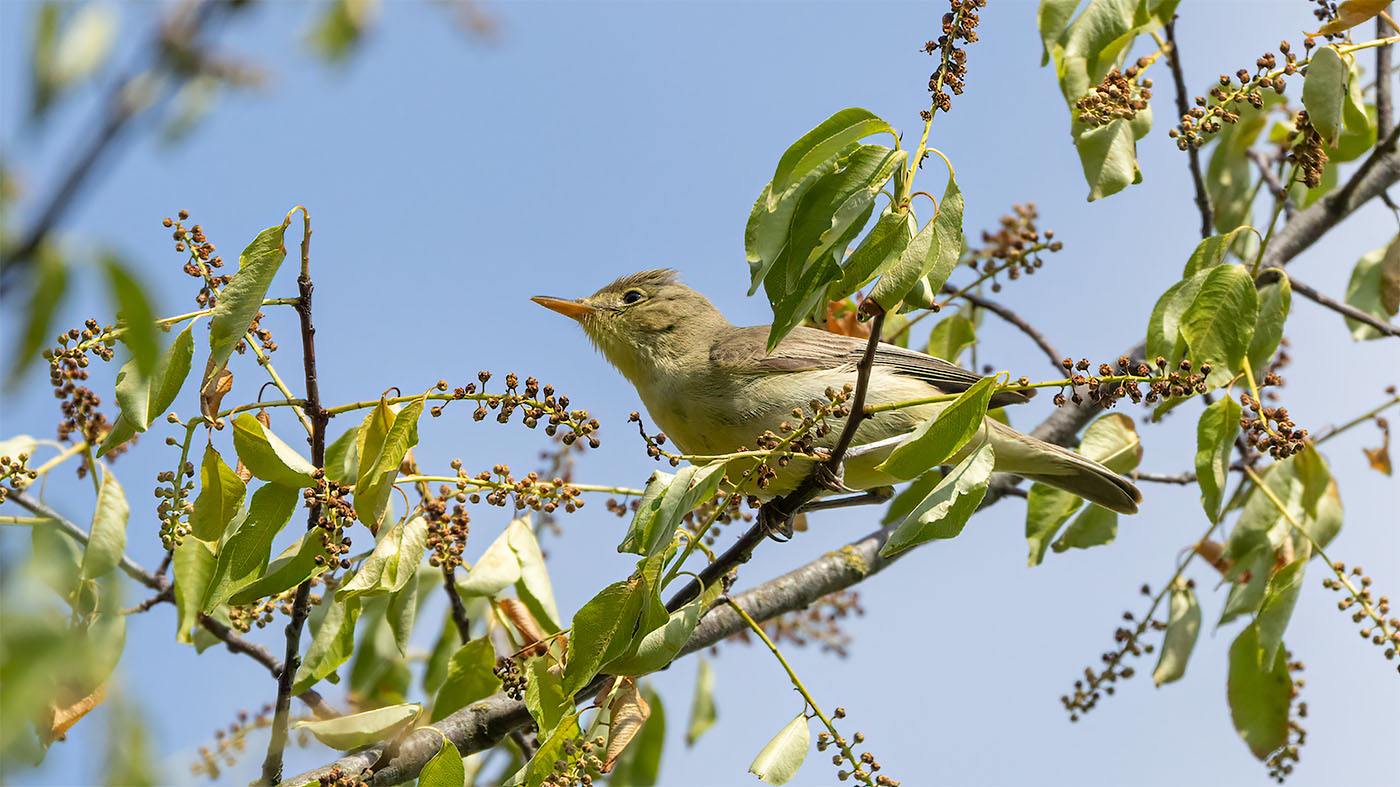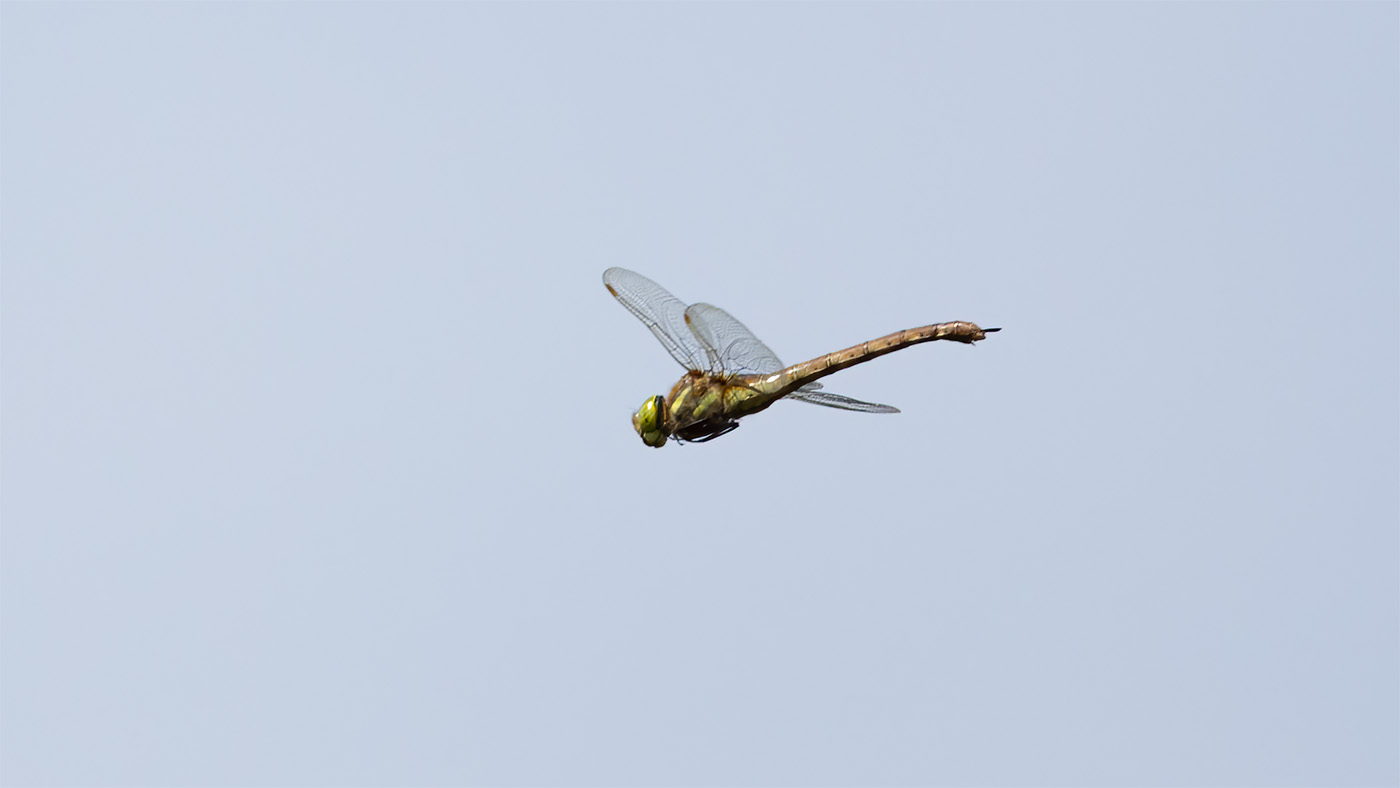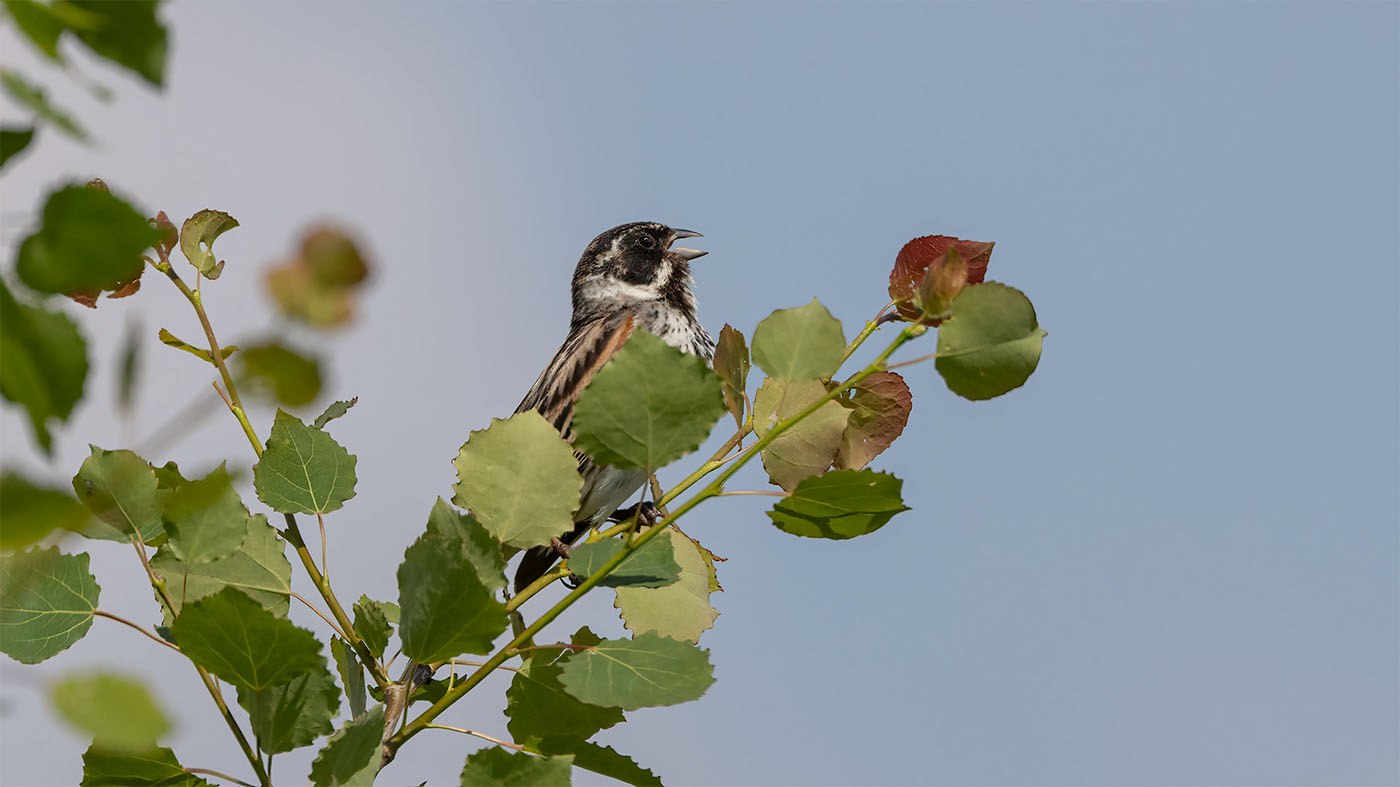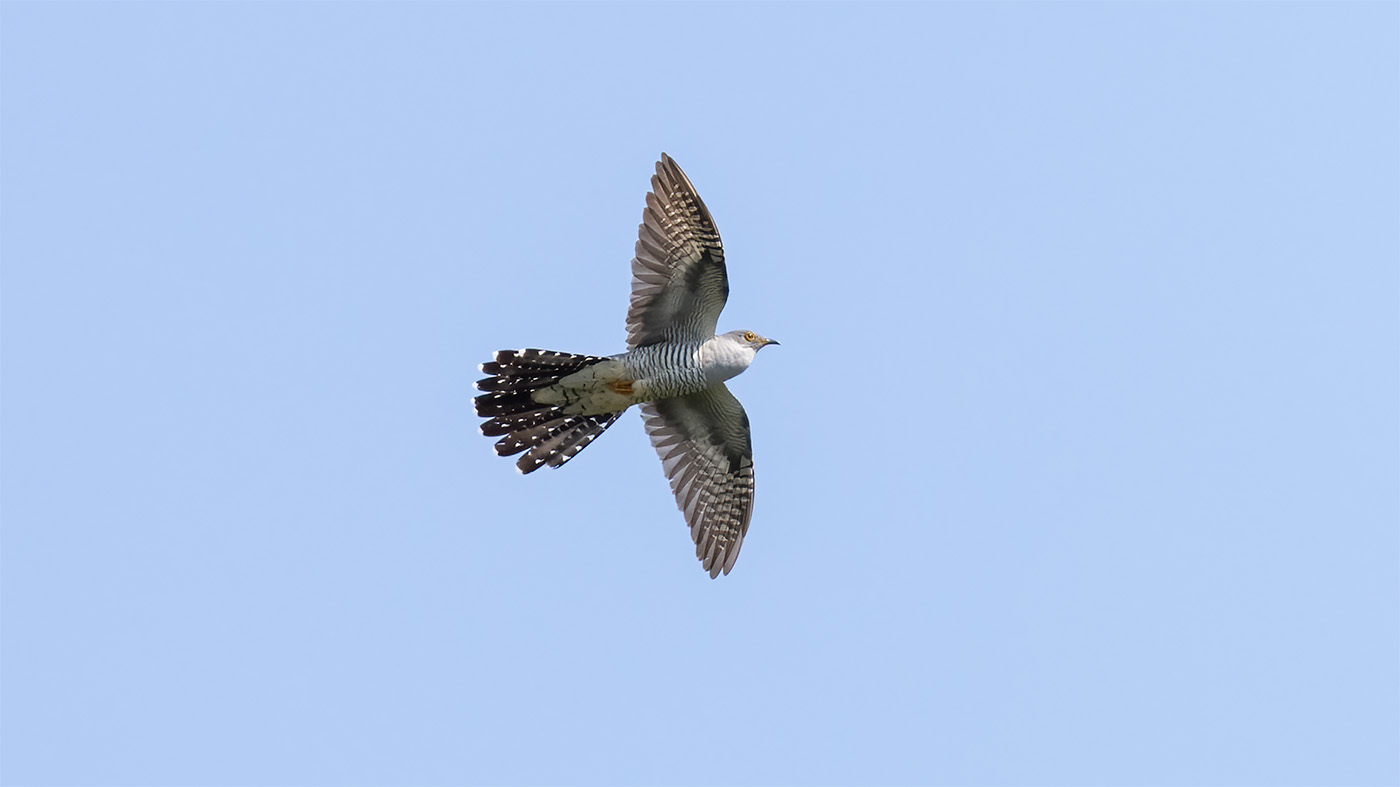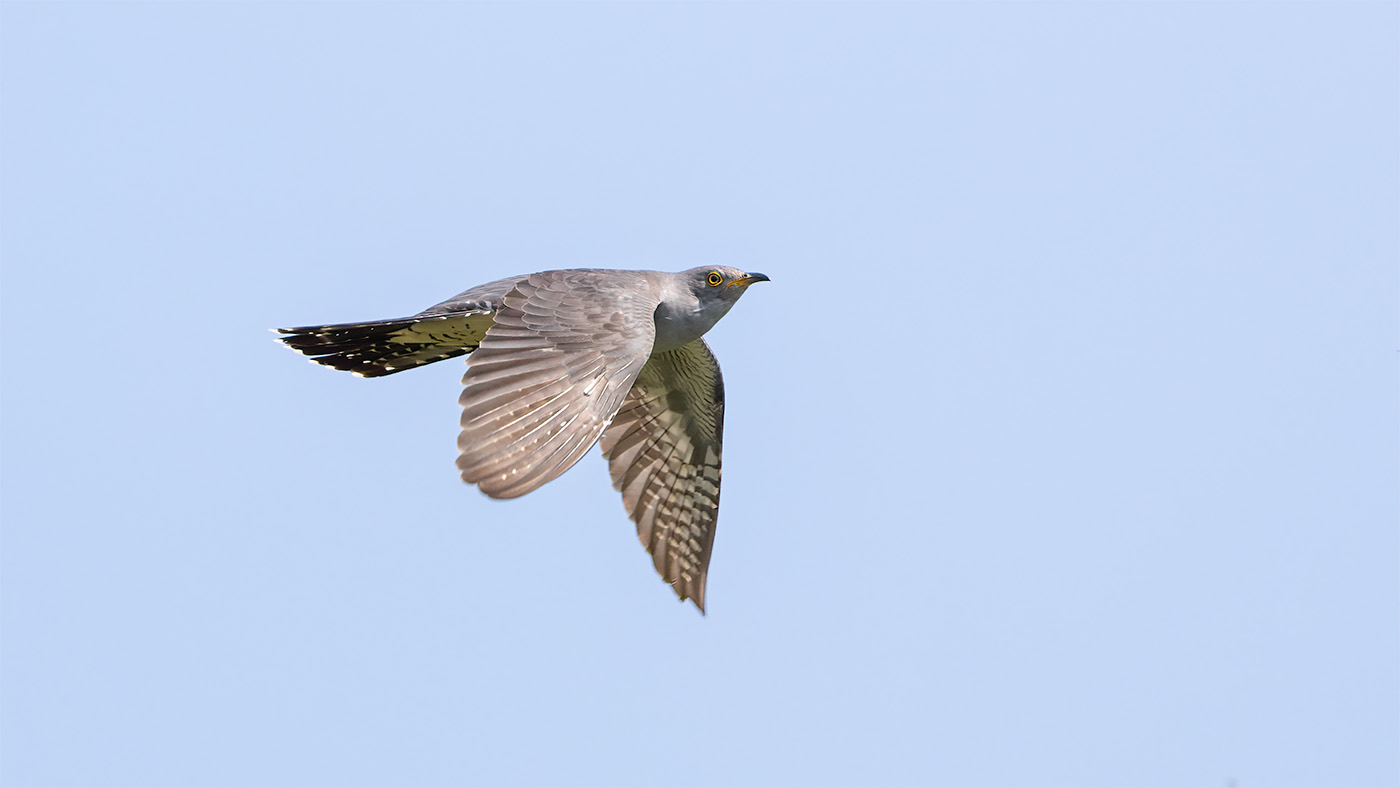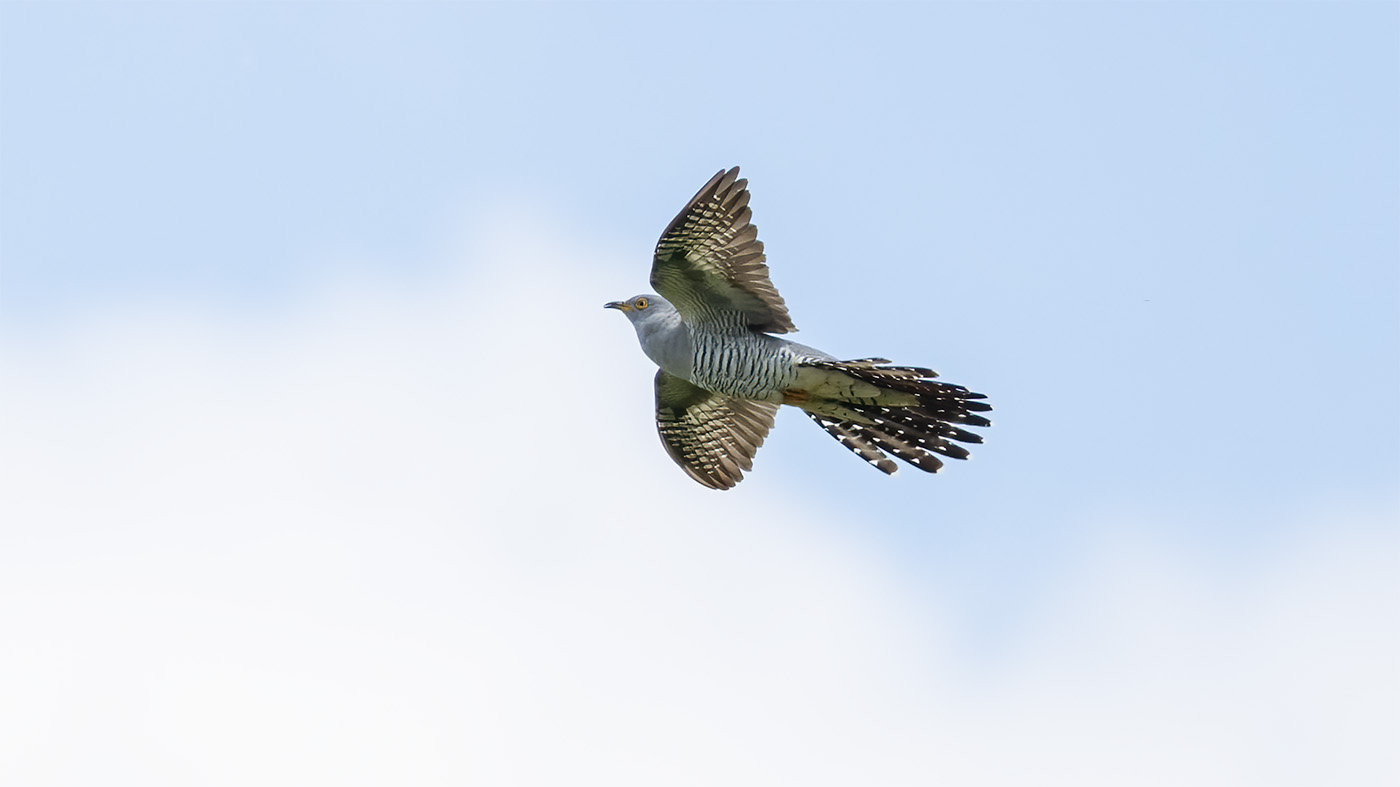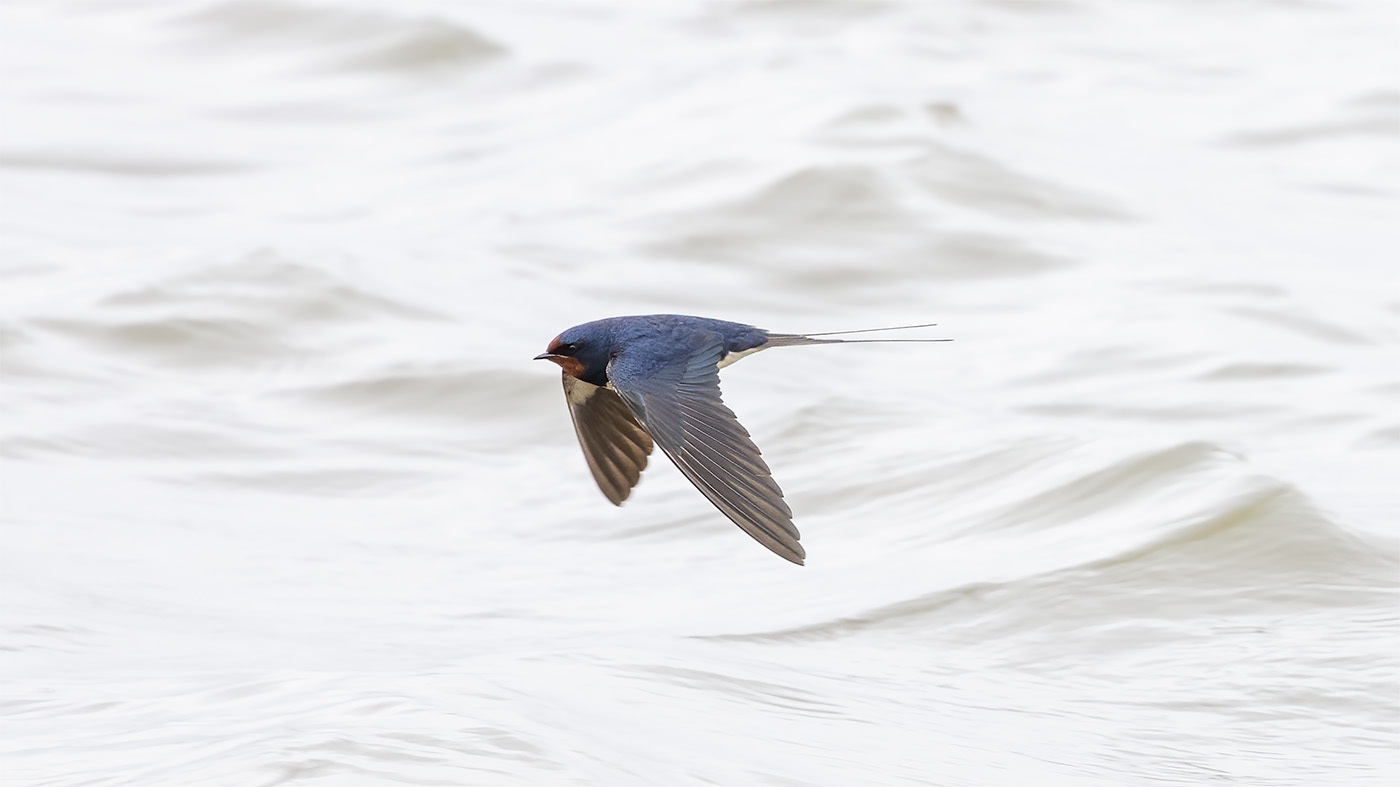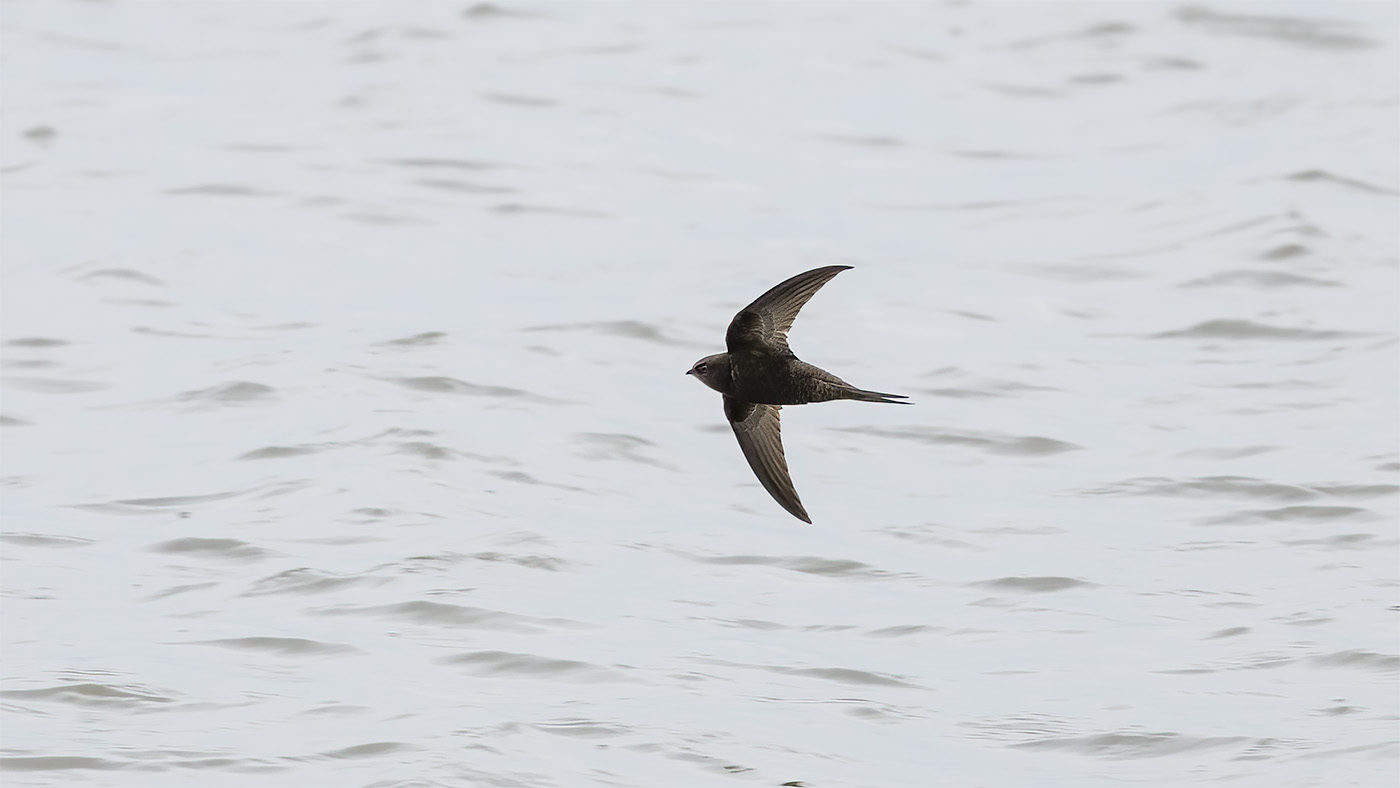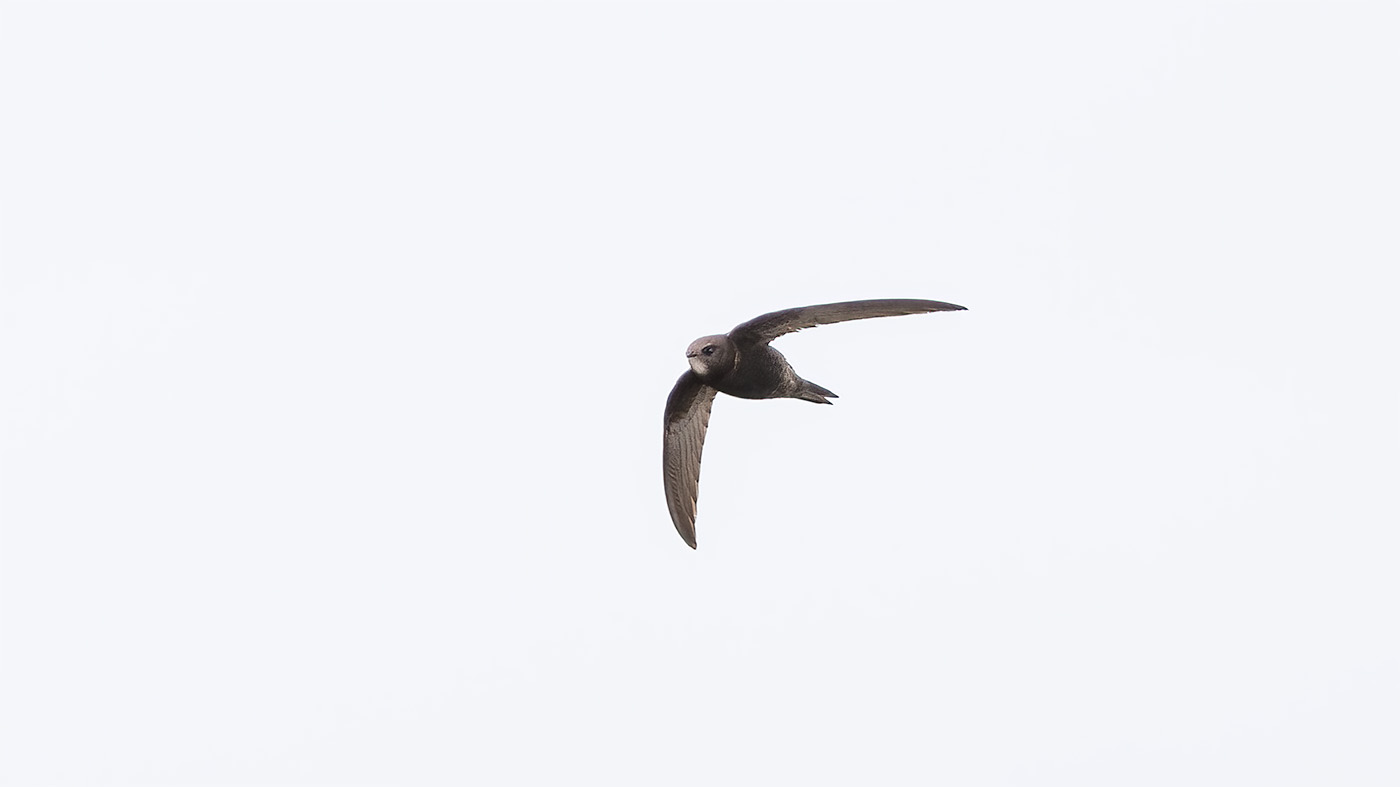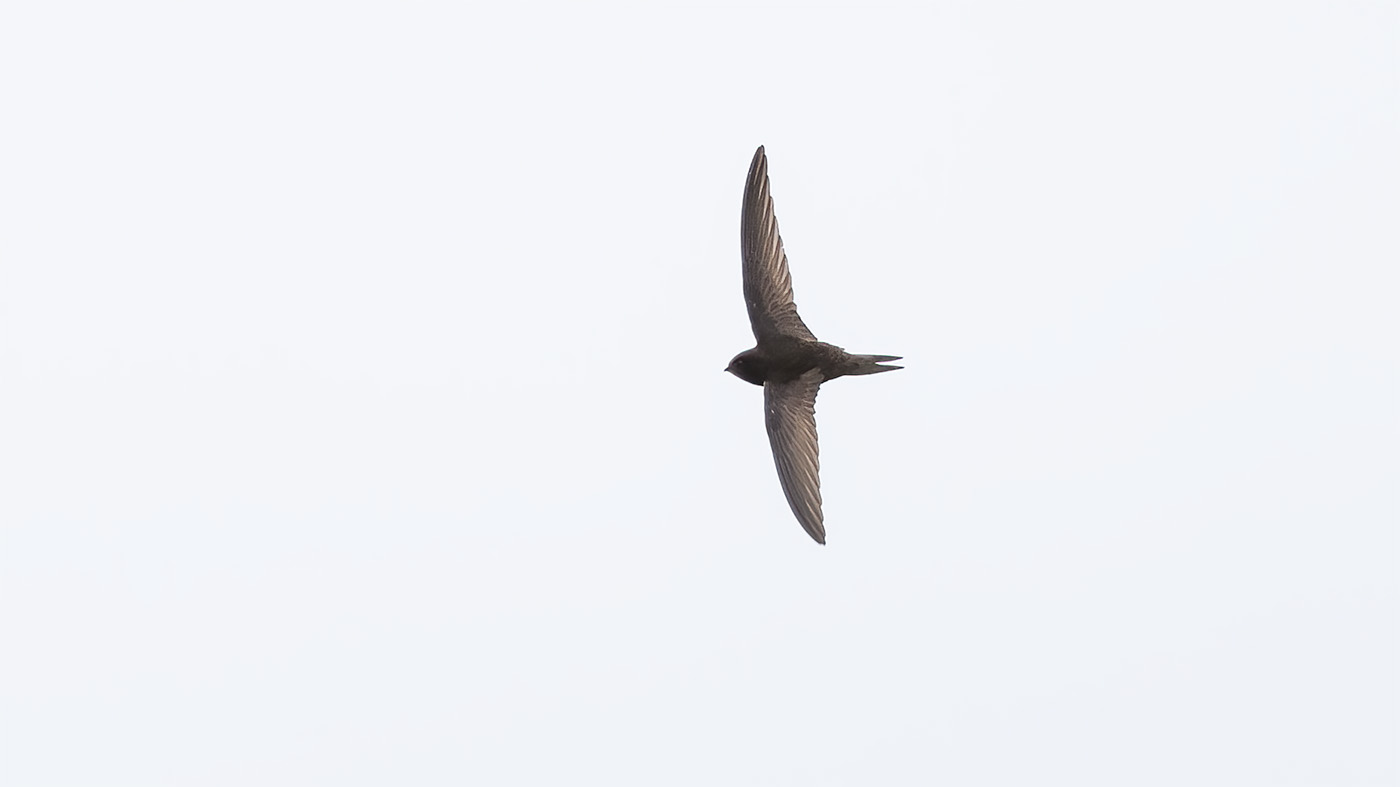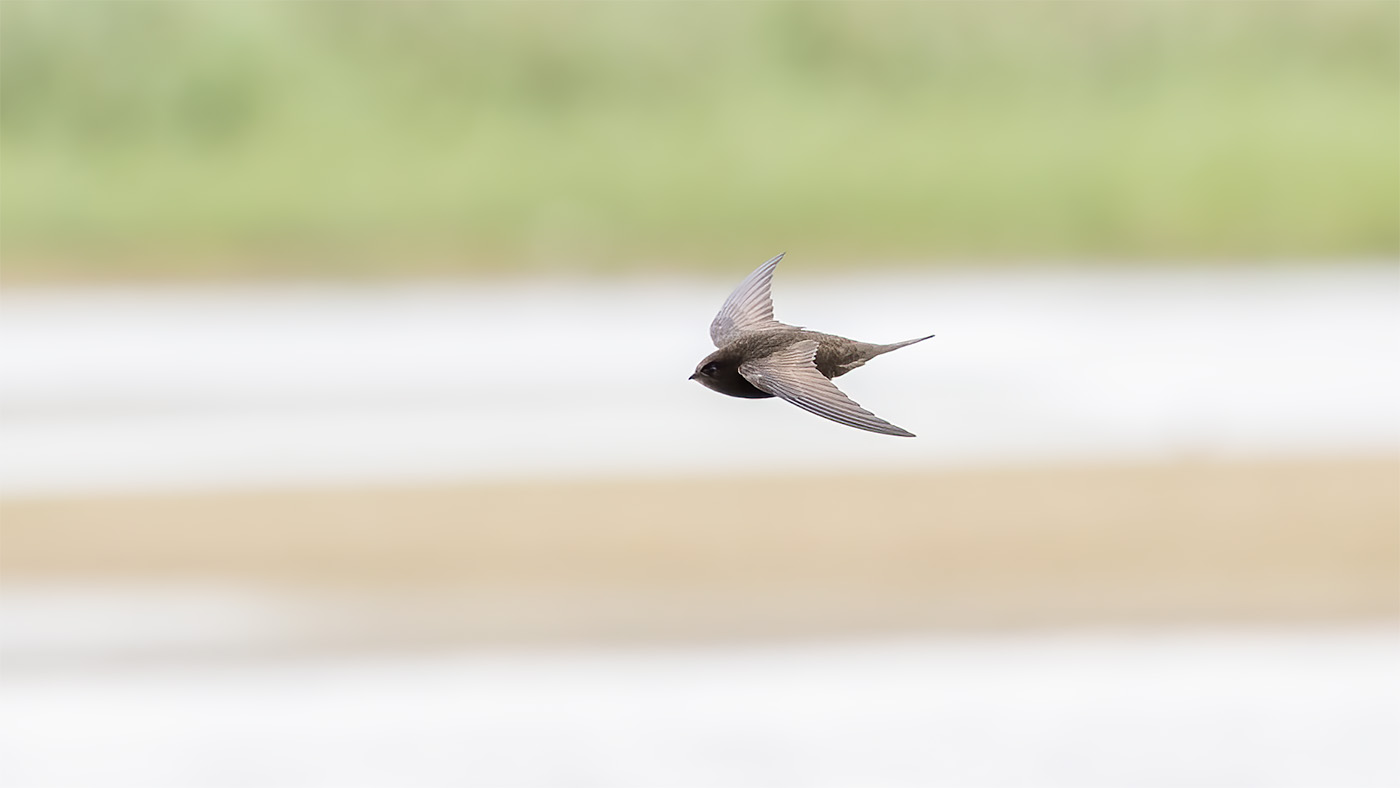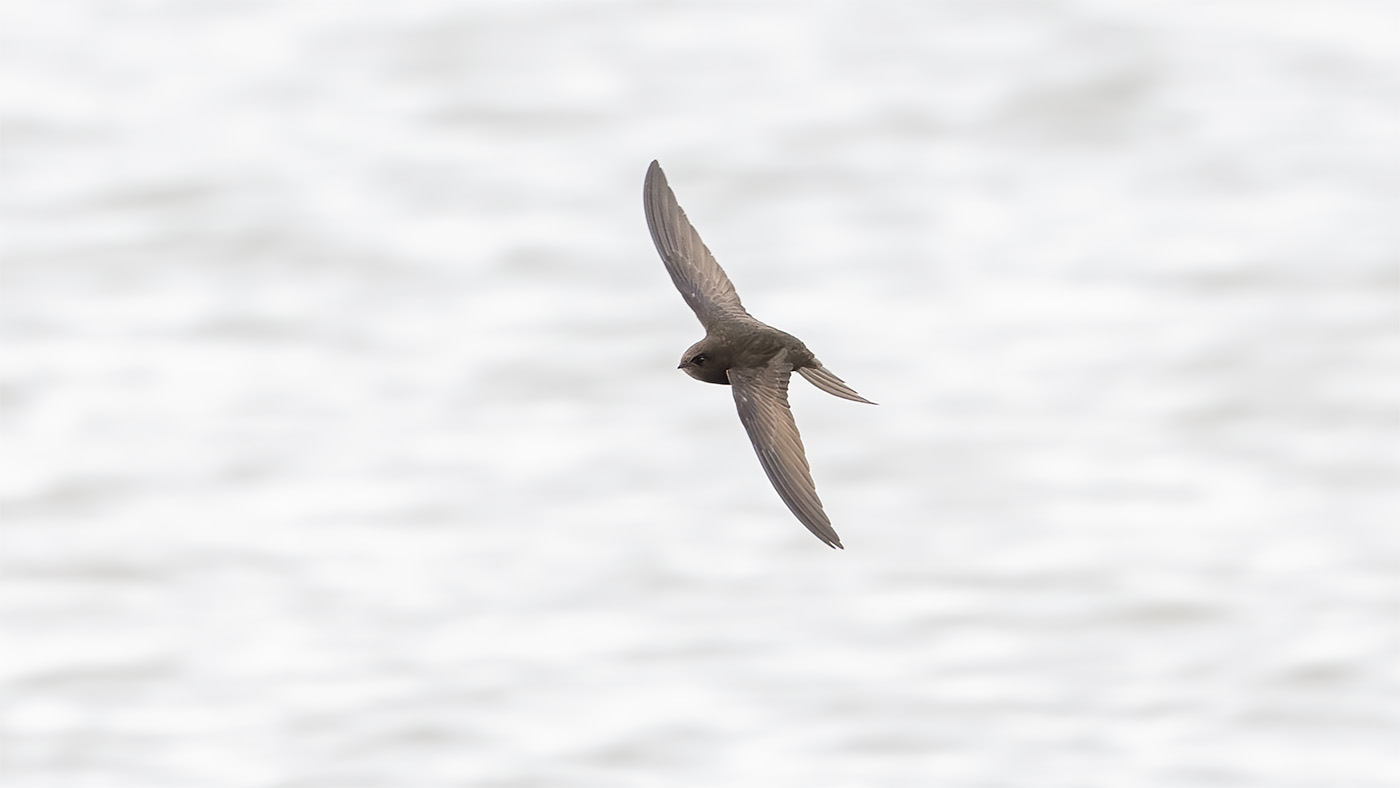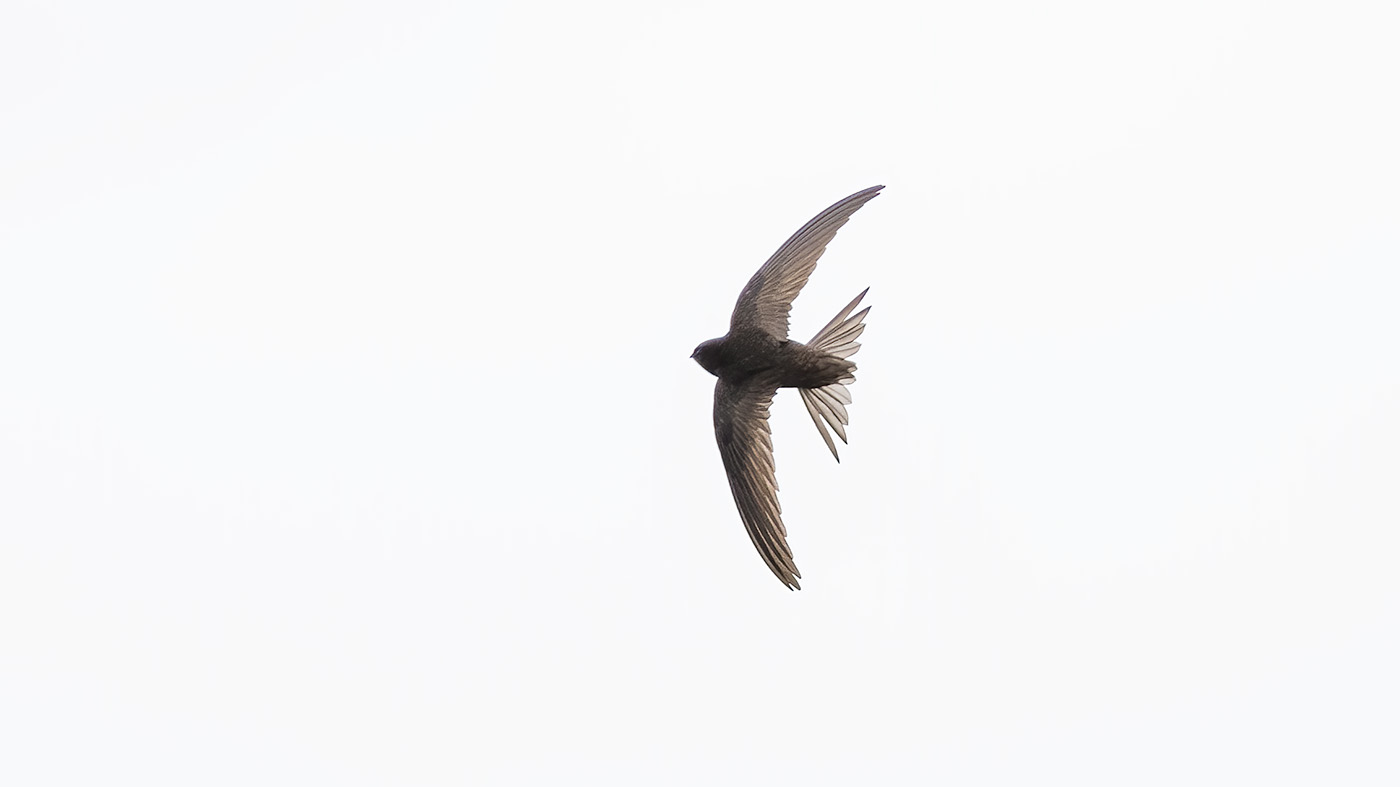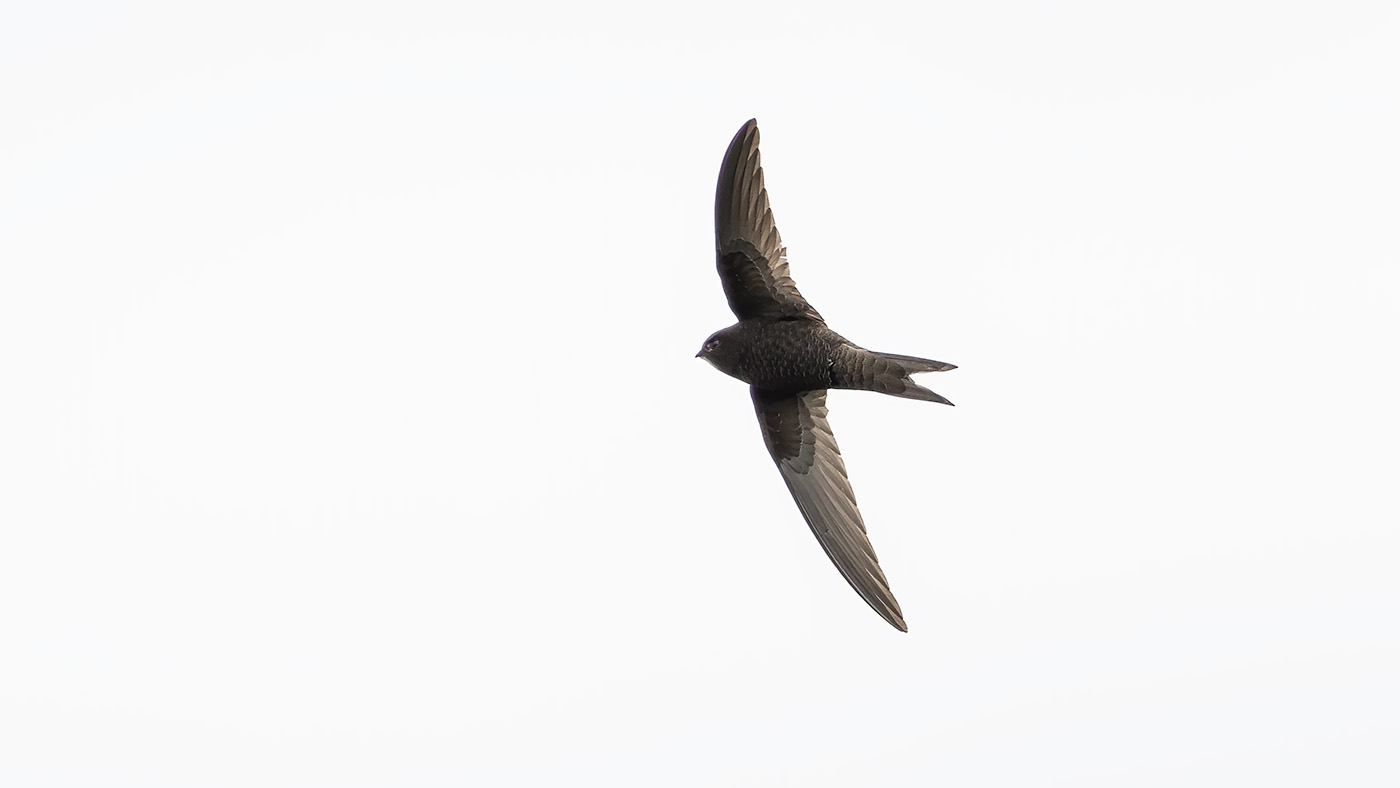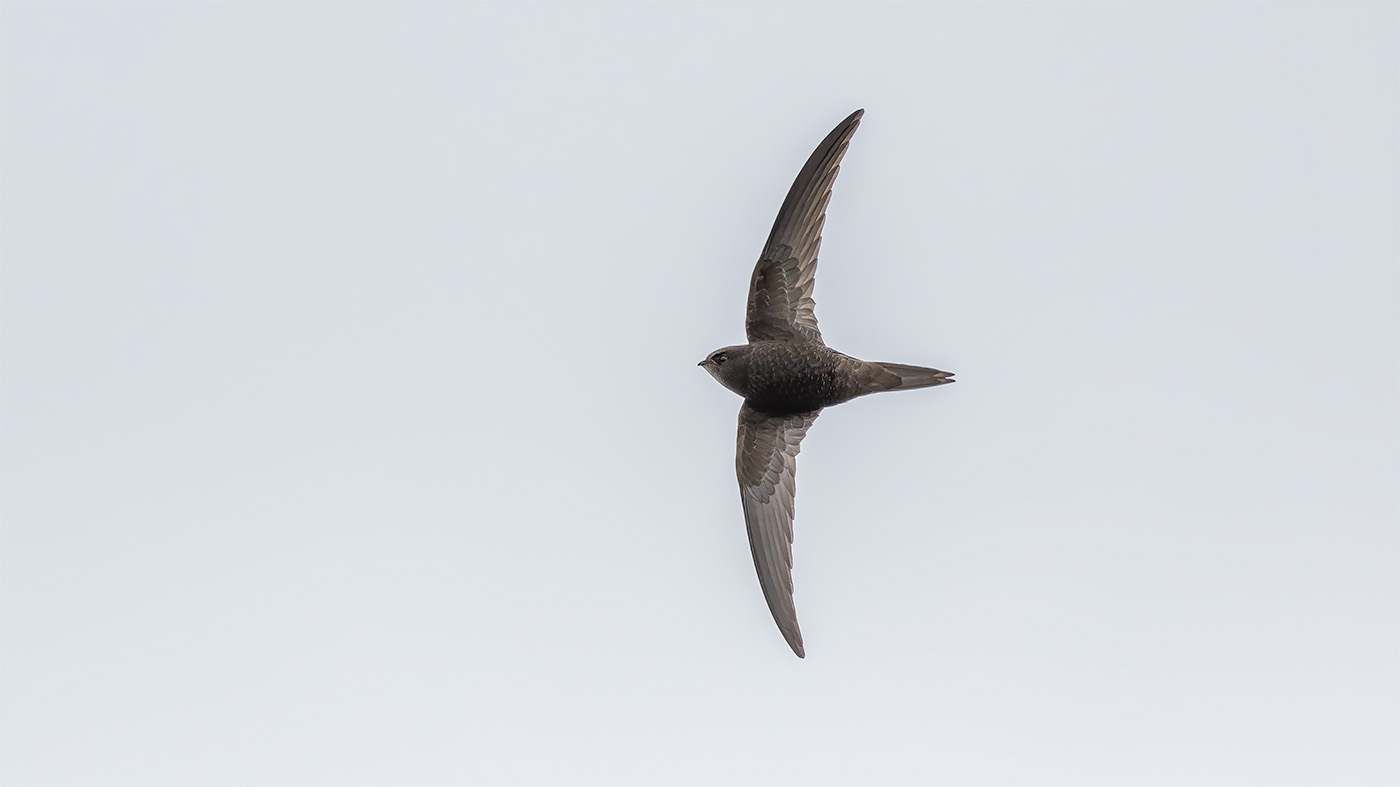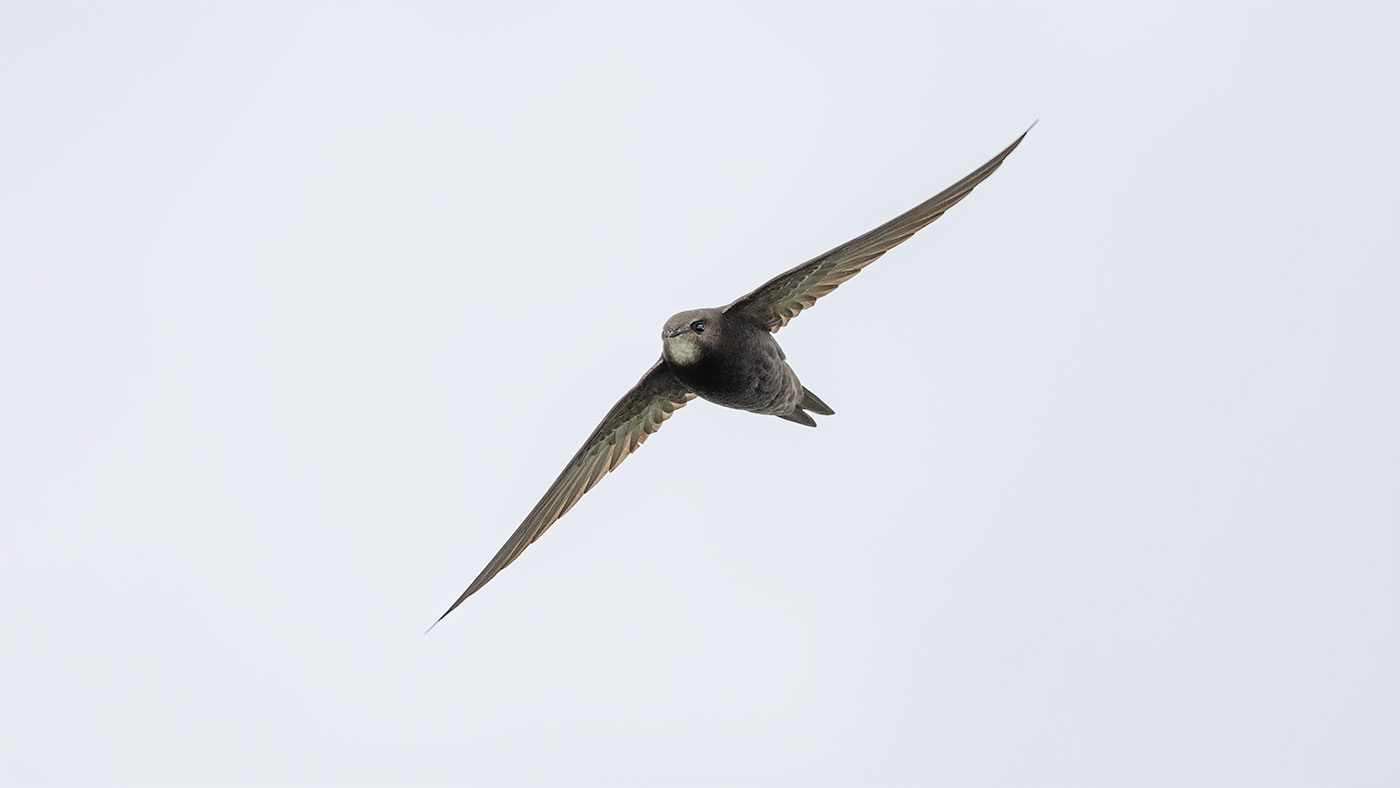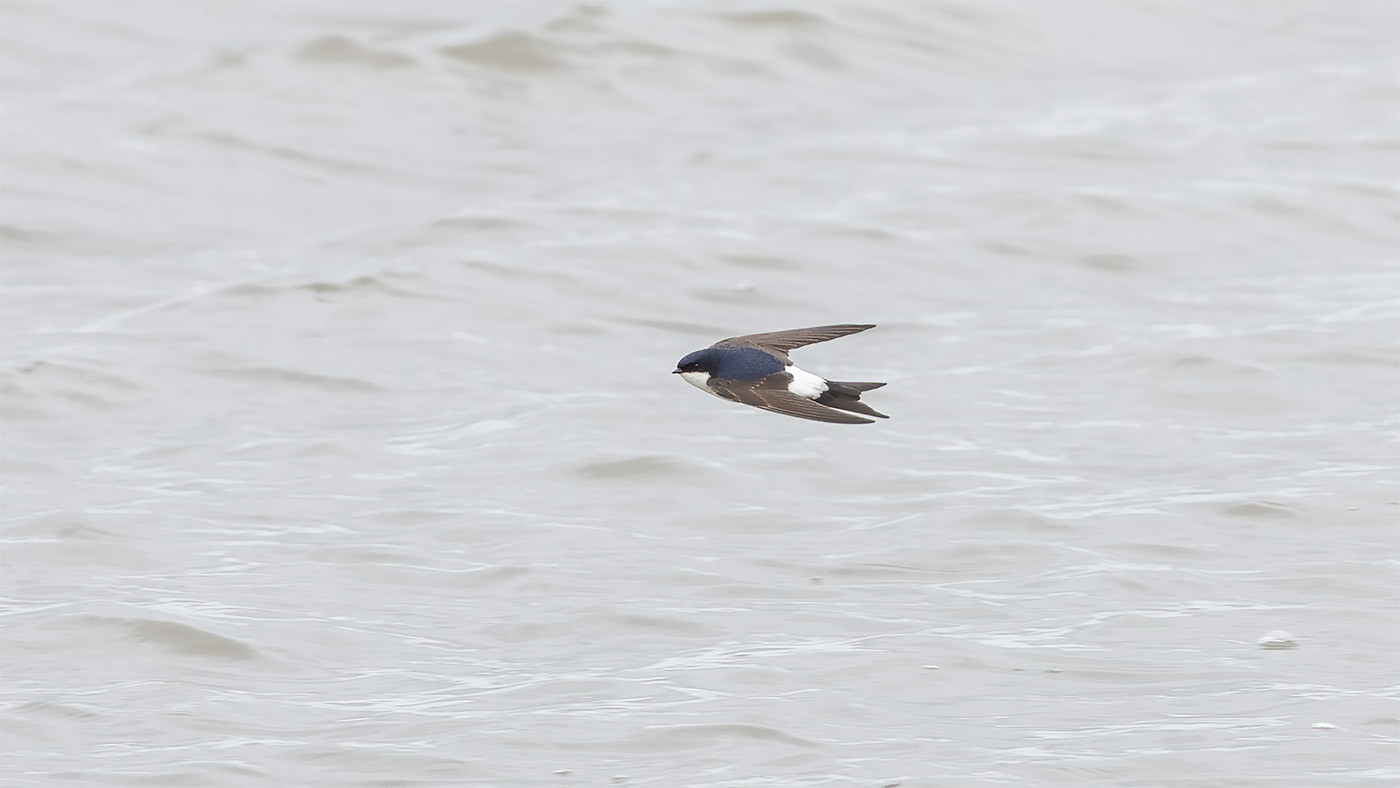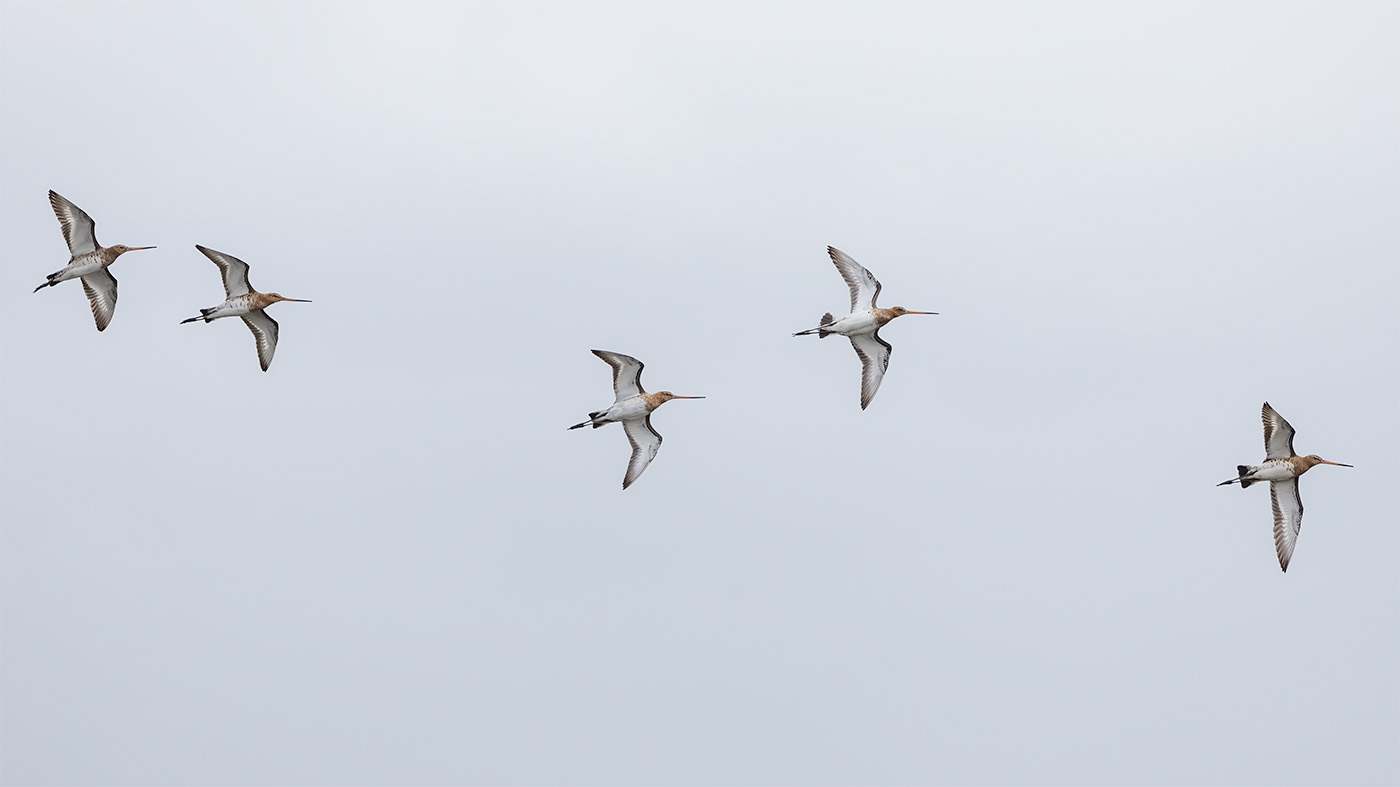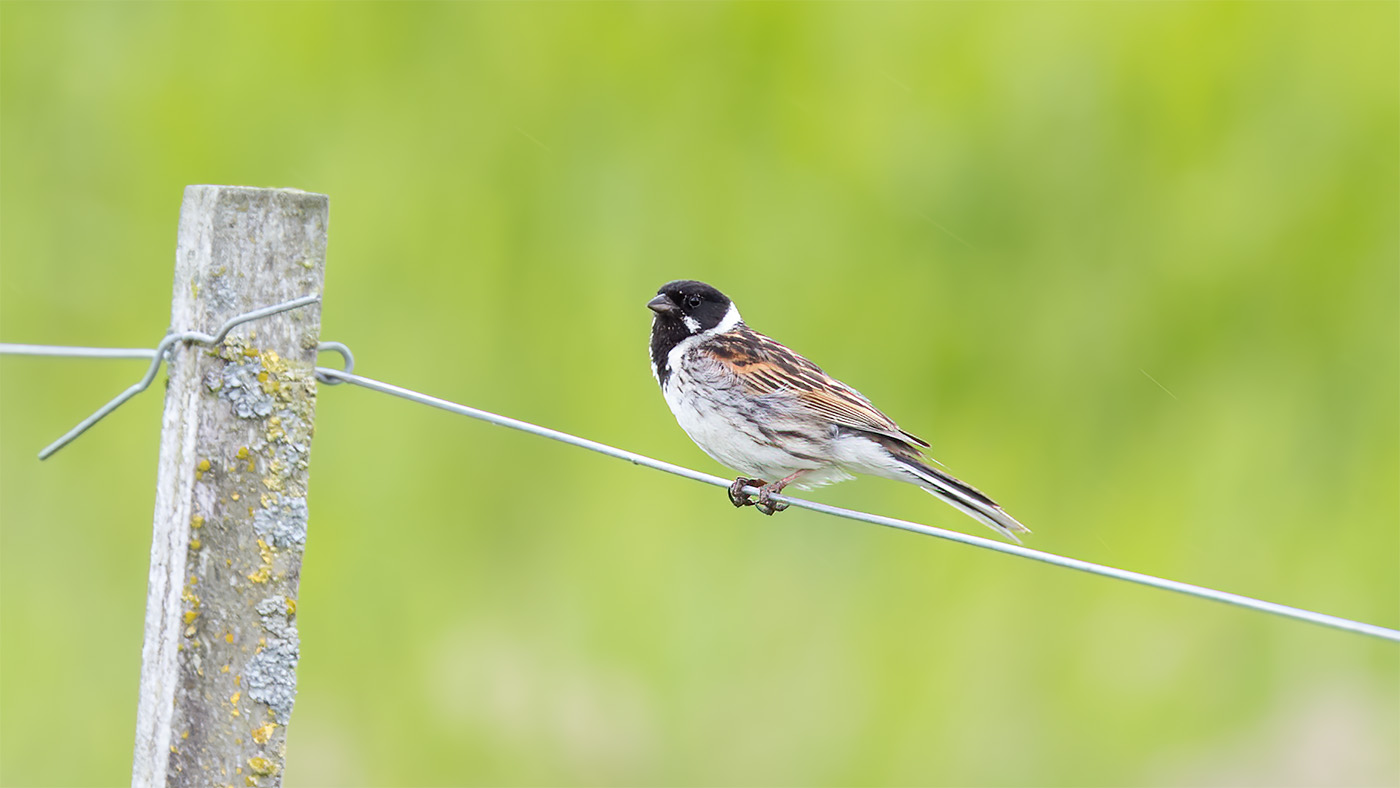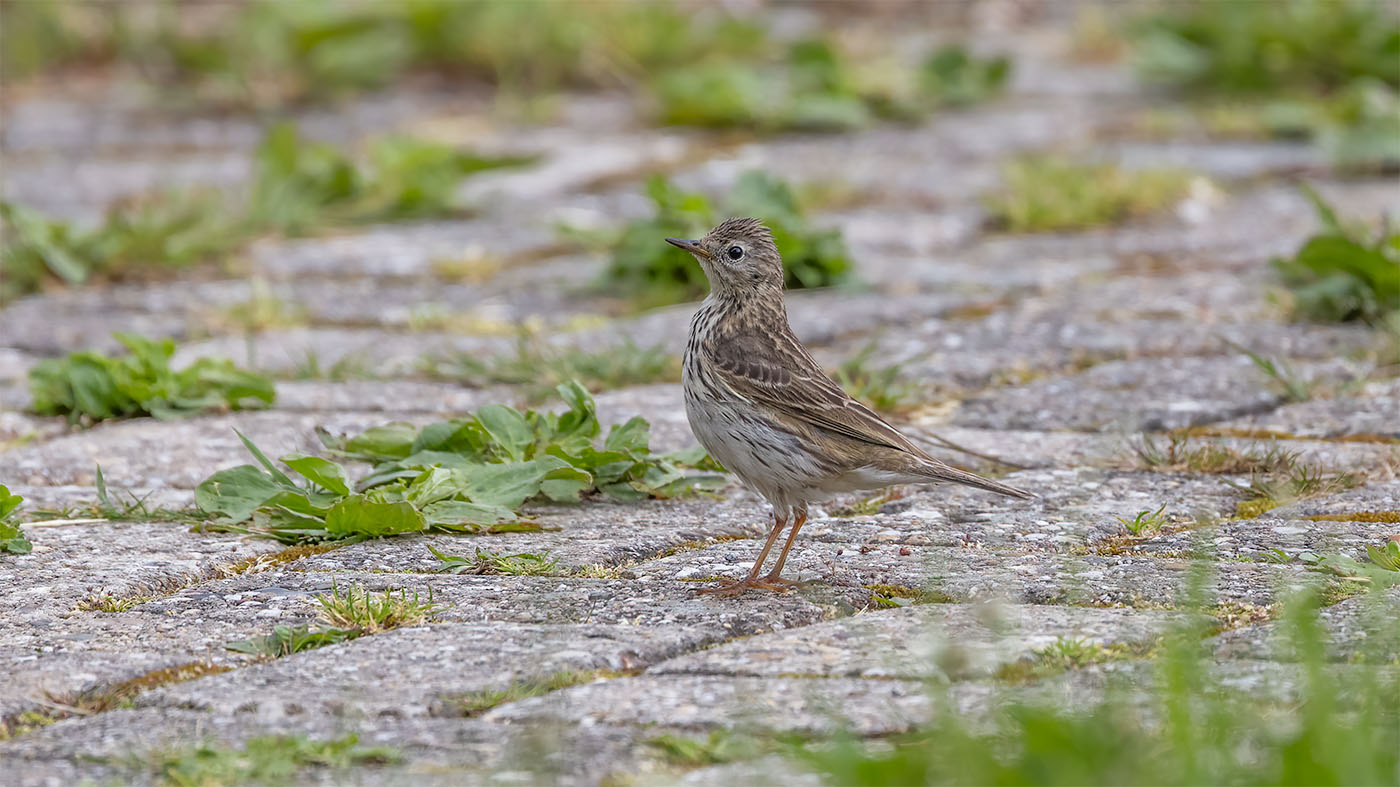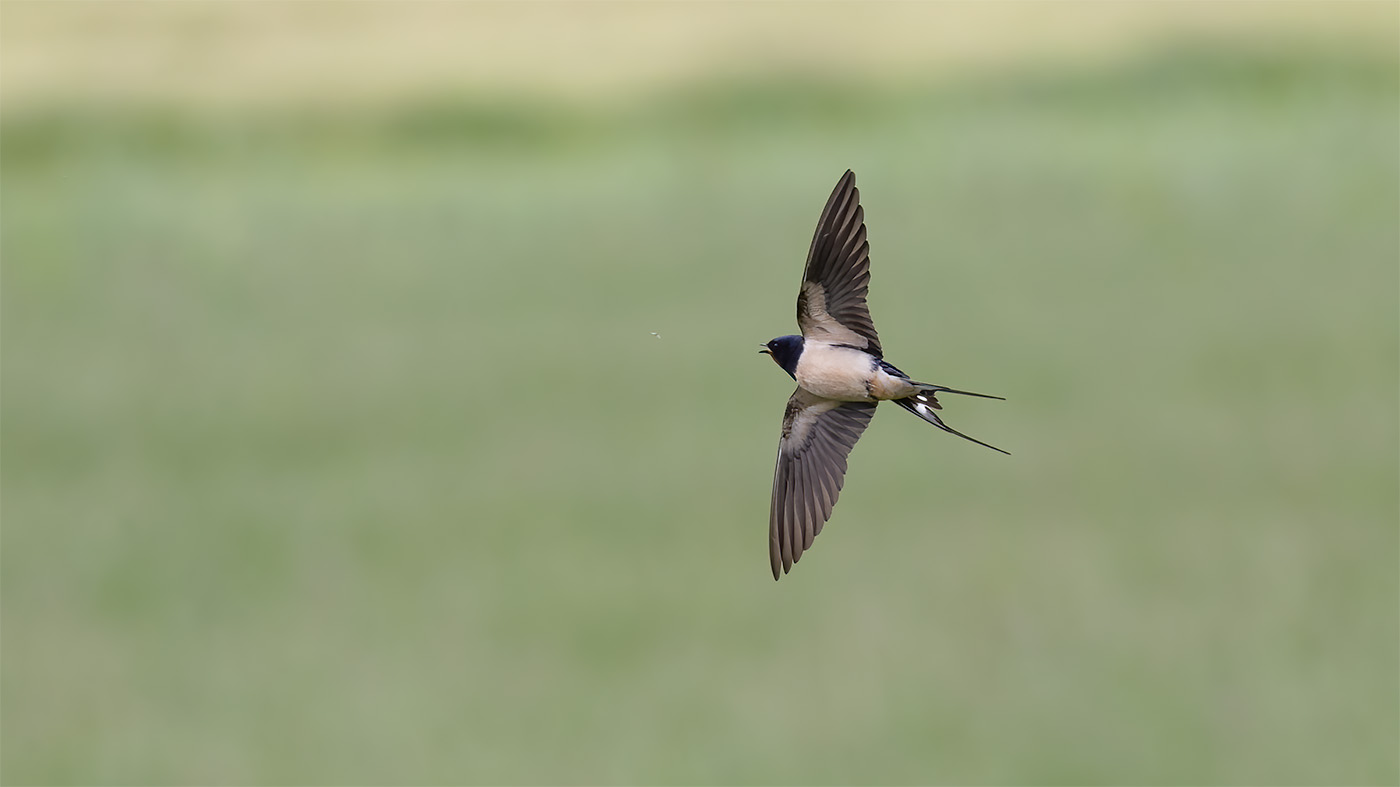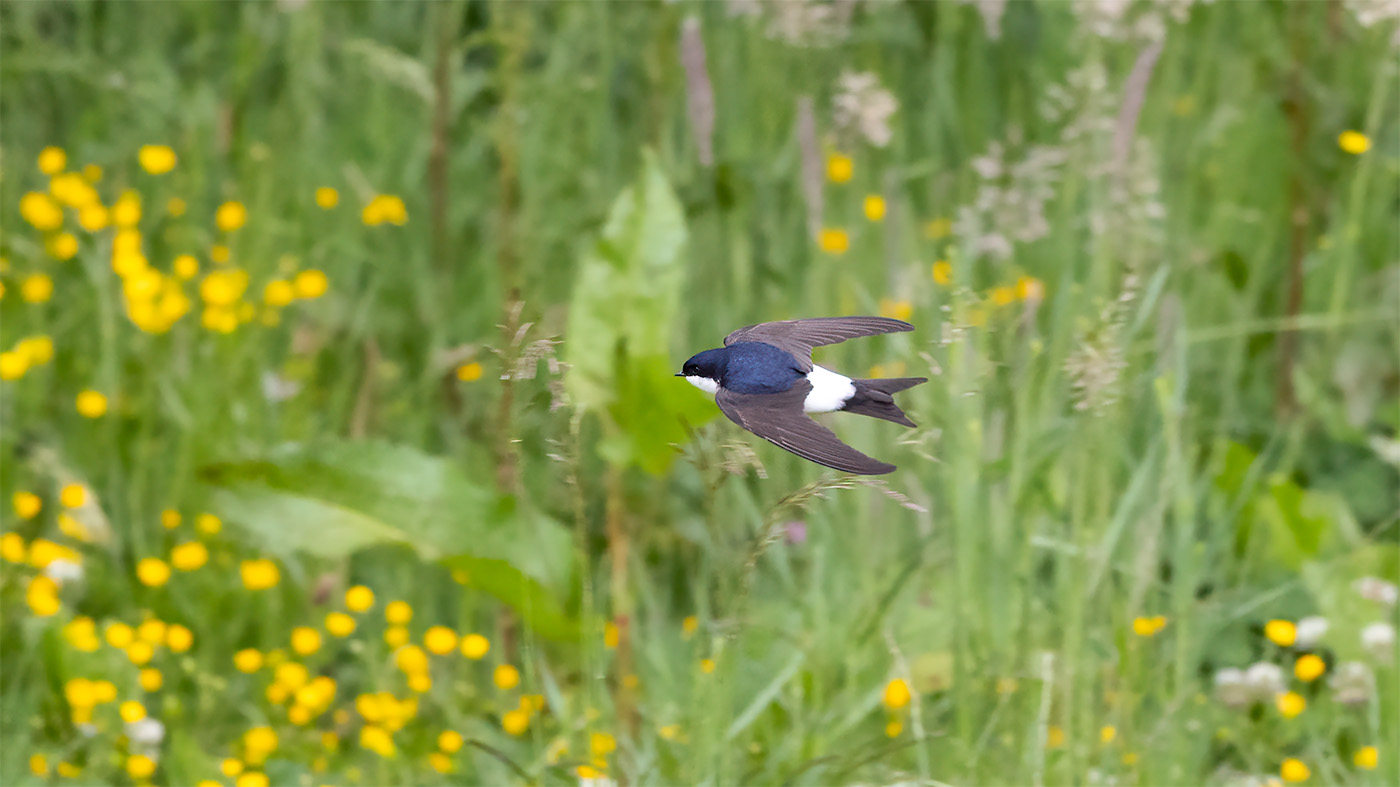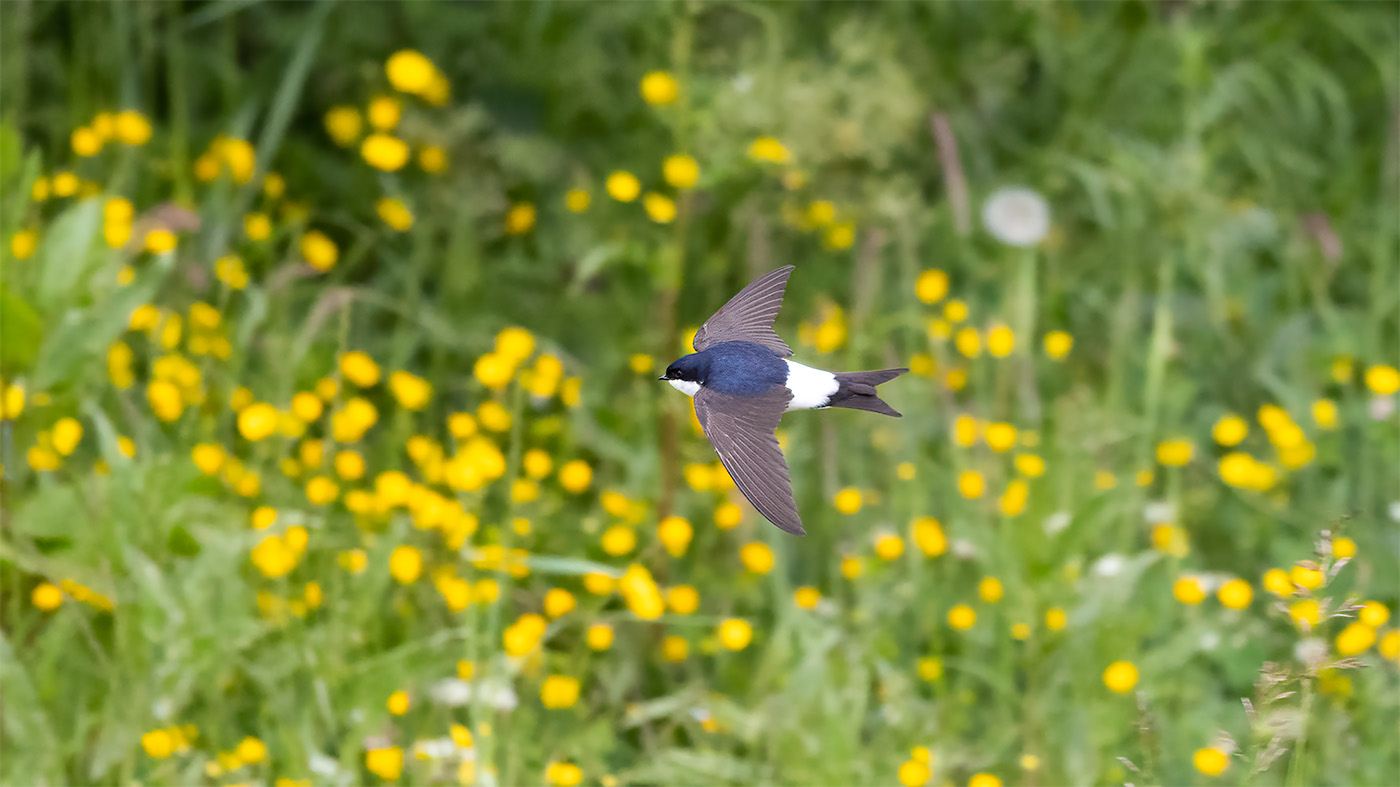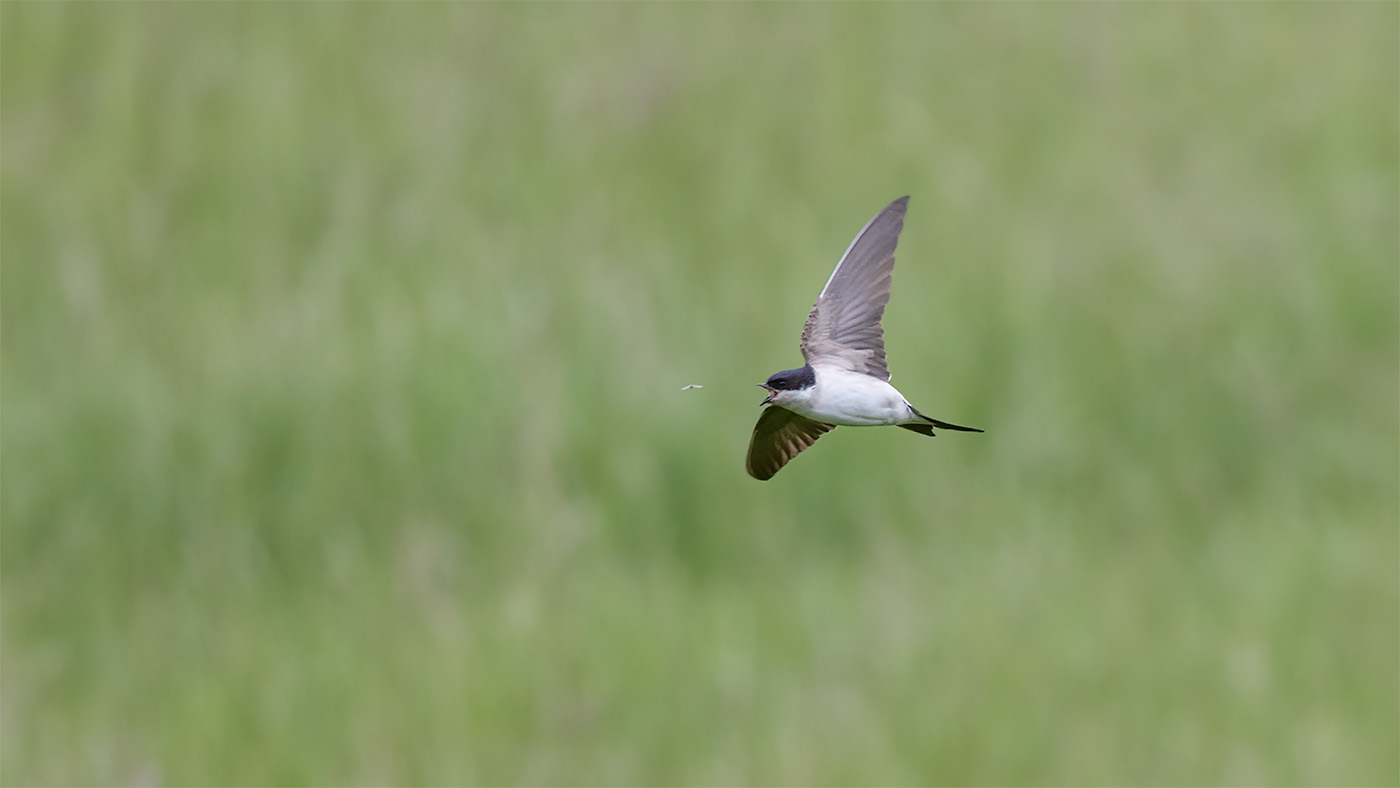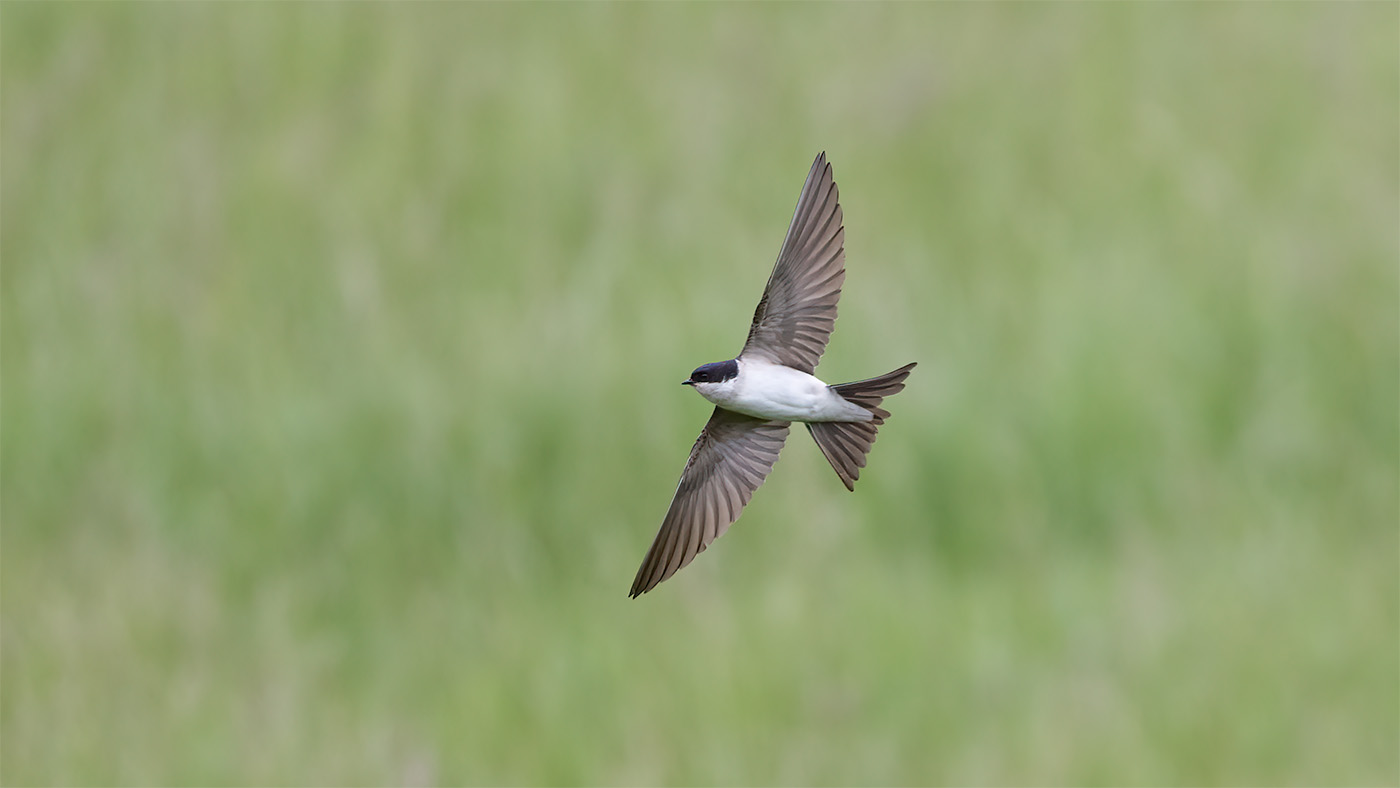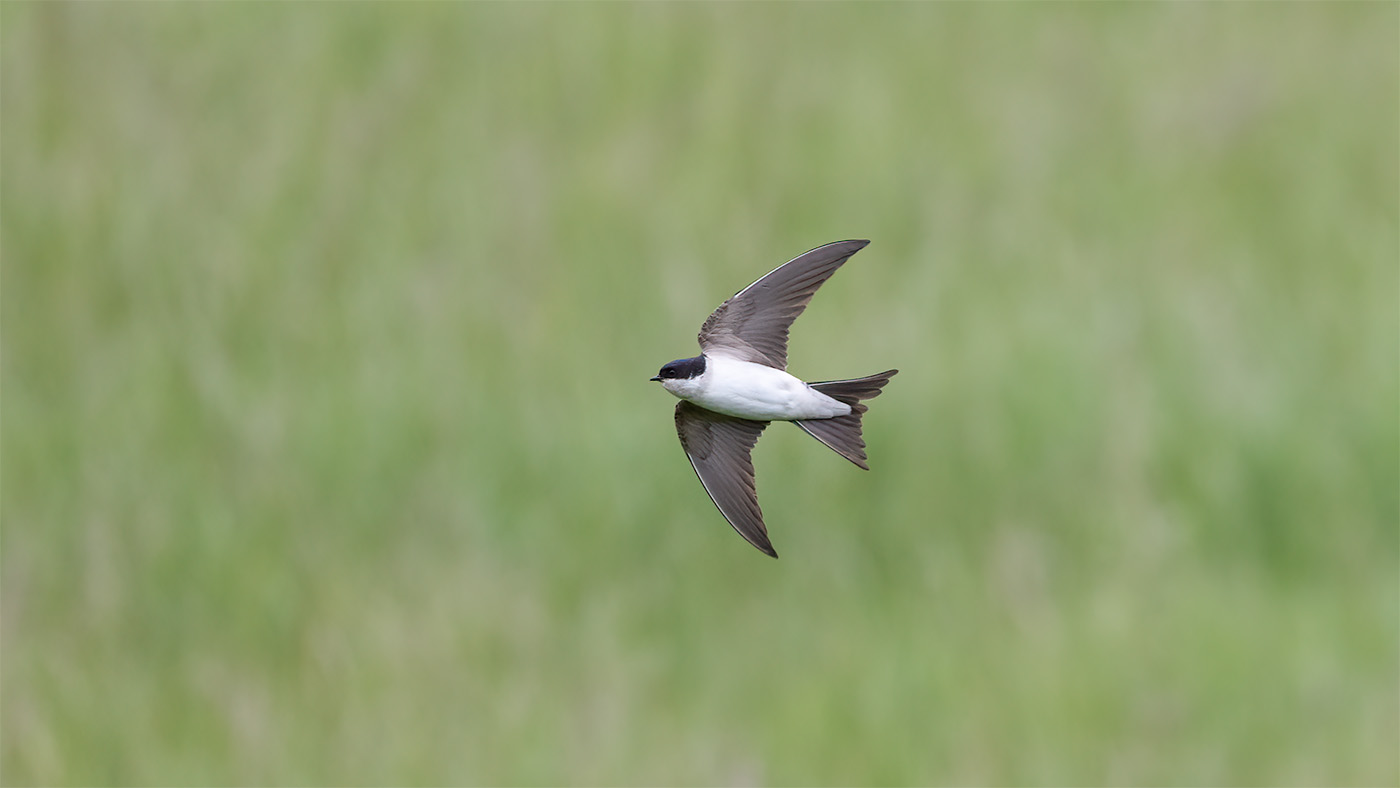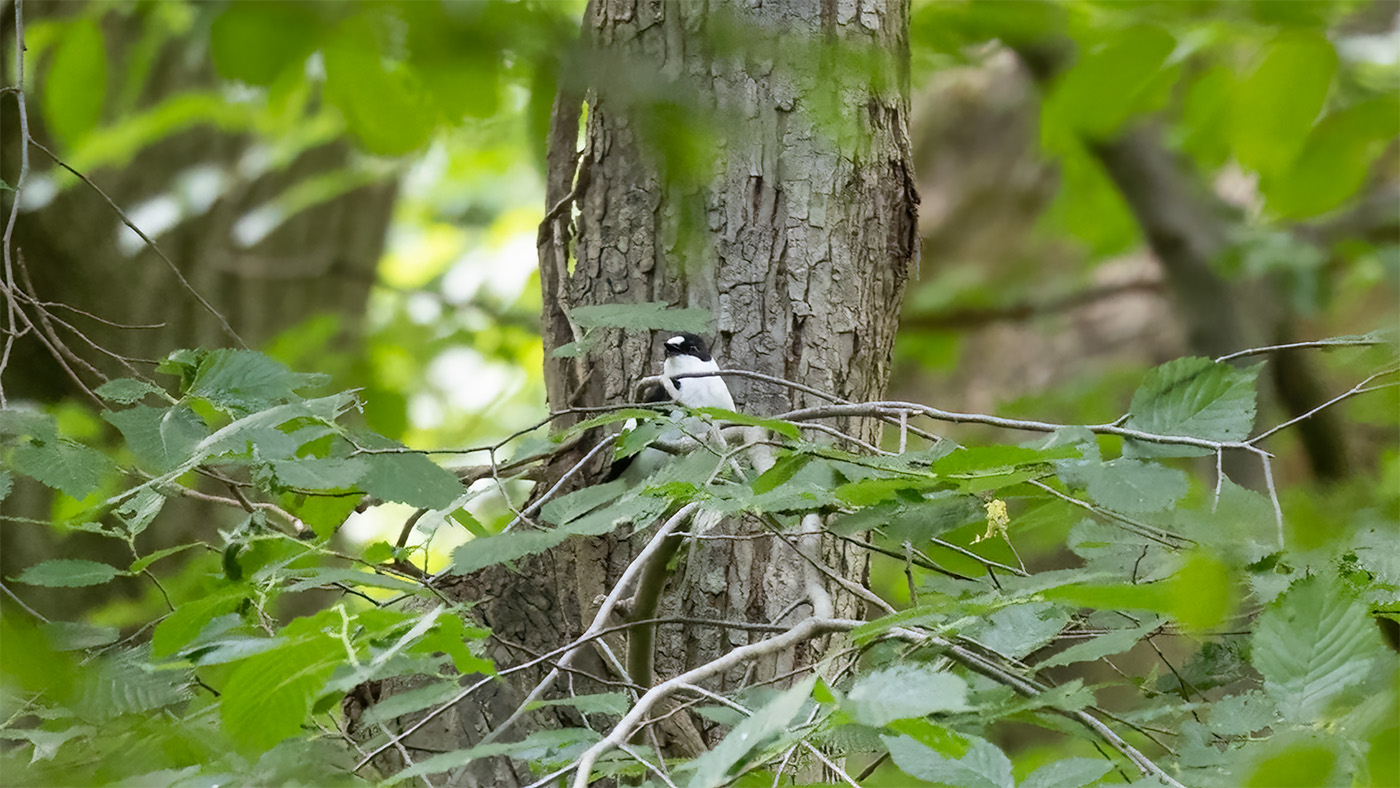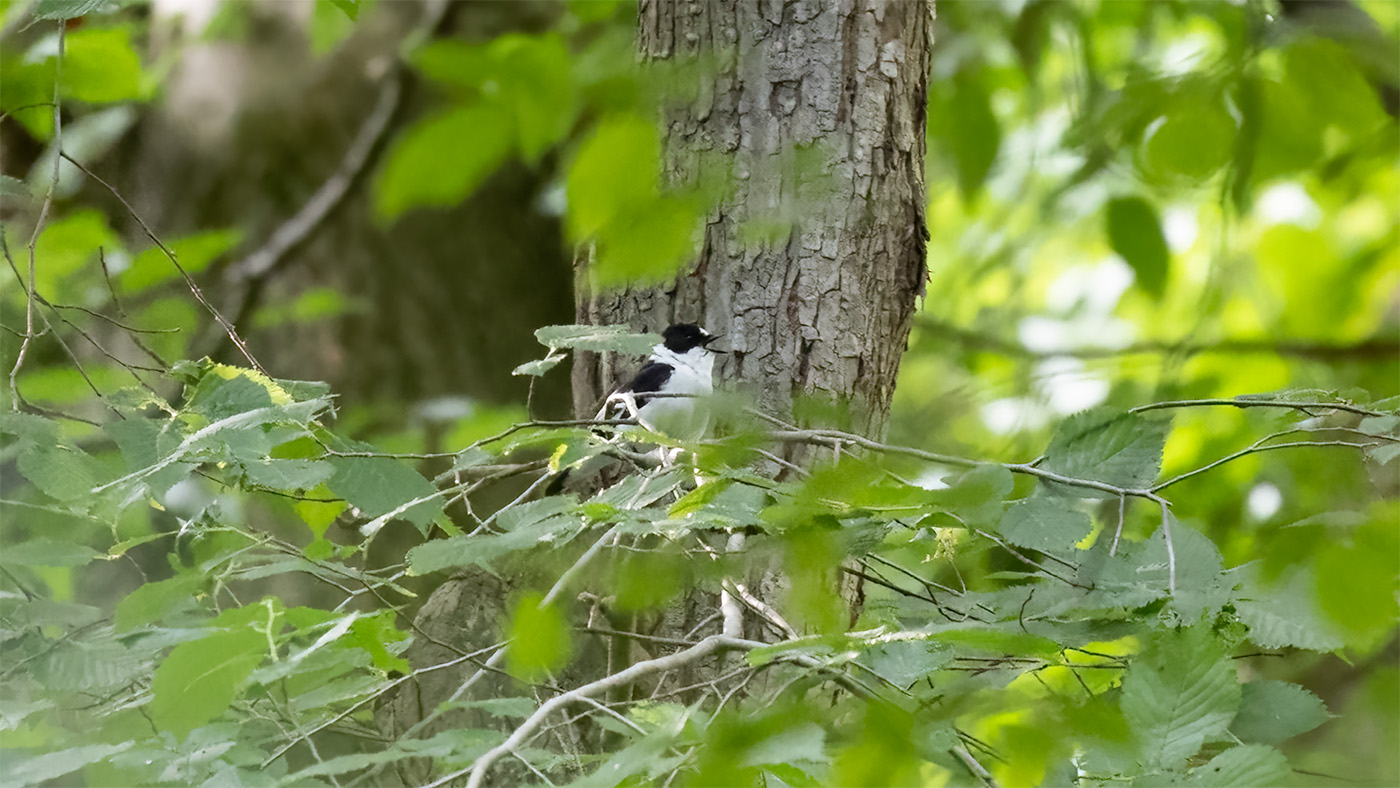Daily blog 2022
04-06-2022 - Blyth's Reed Warbler in Brabant
Yesterday we spent the whole afternoon and evening posting in vain for the King Eider in Cadzand (Zeeuws Flanders). With not many options, we decided to wait for the beep today.
At 10.15 am there was a report of a Rosy Starling near Ouddorp (Zeeland), a new one for the year list. We decided not to drive immediately but to wait and see if the bird was still there. Also this morning there was a report of a Squacco Heron at the Zouweboezem. This one is also new to the year list and good to keep an eye on. Around noon there was a report of a Blyth's Reed Warbler near Den Bosch. Photos and sound recordings were good and the Blyth's Reed Warbler is a new species for the Brabant list. Reasons enough to drive to Den Bosch.
The Blyth's Reed Warbler sat along the river Maas and we had to walk a kilometer to reach the spot. In the meadow stood a number of cows and a bull. Fortunately the bull didn't cause any problems and on arrival at the spot the Blyth's Reed Warbler was singing out loud. He even let himself be looked at. With the Blyth's Reed Warbler my Brabant list is now at 308 species, Maartje now has 290. We were the only ones on the spot and sound recordings and photos were made. More birders arrived and because the Rosy Starling had been reported again we decided to go. The bull was now standing right in the middle of the narrow path we had to go through and we were hesitating now a bit. In the end we walked at 3 meters distance past the bull and were glad it kept calm.
We now drove to Ouddorp for the Rosy Starling, a ride of 130 km. On arrival we found Rosy Starling almost immediately in a group of Common Starlings. With this species, the annual list has increased to 298 species. Alwin joined us and was also able to note the Rosy Starling. The conversation turned to the Squacco Heron. The bird was seen late last night and early this morning. This could indicate a sleeping spot and we decided to give it a try this evening.
We first drove to the Grevelingenmeer for a Kentish Plover for Alwin's annual list and then went to eat a pizza in Meerkerk near the Zouweboezem. At 7 pm we were on a lookout plateau on the edge of the Zouweboezem. The Squacco Heron was seen here this morning. A nice place and we enjoyed the flying by Purple herons that breed here in abundance. We also saw a Whiskered Tern that still counts for the province list of Utrecht. Unfortunately, the Squacco Heron was not seen and with dusk we drove back to Uden.
02-06-2022 - Common Cuckoo in the Bossche Broek
Thursday morning I visited the Bossche Broek near Den Bosch together with Willie de Vries. Purpose of the visit was to see if the Cuckoos were still present. Willie keeps an eye on all Cuckoos around Oss.
Around 10 o'clock we walked into the Bossche Broek and the first kind I heard was a Cetti's Warbler. Special to hear this species pretty much everywhere now. The sun was shining and there were still plenty of courting birds. Meadow Pipit, European Stonechat, Marsh Warbler and Icterine Warbler were heard and seen. Common House Martins were busy busy collecting mud for their nests.
After a good hour of walking we still hadn't heard the Cuckoo. I tried to photograph some dragonflies in flight which surprisingly worked out quite well. I will try this more often in the future. The dragonfly in the picture is a Green-eyed Hawker, so I was told.
Finally we heard a Common Cuckoo sing. A little later, the female also announced herself. We had fun views and nice photo's were taken. Around 1 o'clock we left the Bossche Broek.
29-05-2022 - Collared Flycatcher
The goal of the day was actually a Balkan Subalpine Warbler that was reported yesterday on Vlieland. How different would the day be to go expired.
As mentioned, a Balkan Subalpine Warbler was discovered on Vlieland that we wanted to have on the annual list. Alwin and Donny also felt like it and we agreed on a carpool spot near Breukelen. We wanted to be in Harlingen around 7 o'clock so that we could take the 9 o'clock boat to Vlieland. With the condition that the Balkan Subalpine Warbler should first become seen. If he was not seen before 9 am but later, a later boat was still an option.
On the way to Harlingen we had a lot of rain and on arrival in port we looked for a Greater Scaup that hanged around here for some time. It was really cold and there was a strong wind. The Greater Scaup was not found and we went to explore the harbor area. Apart from a few Black Redstarts, this yielded nothing. Slowly it became 9 o'clock and there came no report of the Balkan Subalpine Warbler. We decided to drive to the Lauwersmeer and look for species ourselves.
A lot of swallows flew at the Lauwersmeer and that was a great moment to take out my brand new 100-500mm lens. This lightweight combination was perfect for capturing the little acrobatic swallows. Also swifts were photographed relatively easily. Furthermore, there were not many birds and we now drove to the Bochtjesplaat.
Here I continued to photograph the swallows present and Alwin, Donny and Maartje searched the mudflats. Also nothing much special here. We were going to drive on to the Eemshaven when a report was received from a Collared flycatcher at the very south tip of Limburg. There wasn't even a long hesitation and we decided to try the Collared Flycatcher.
We drove back to Breukelen where we continued with 2 cars. Around 3.30 pm we arrived in the Eyserbosschen near Eys. The Collared Flycatcher had not been seen since 1.00 pm. There were still a few birders on the spot but they soon left too.
We were convinced that the bird must still be there and we decided to wait. It was Alwin who found the Collared flycatcher 6.00 pm. A few hundred yards away he heard the bird singing. The bird moved to the original spot and it song was heard frequently and occasionally we saw him.
The bird was passed on through the reporting systems and it was not long before several birders arrived. Pleased with the sighting Maartje and I drove back to Uden. Alwin and Donny stayed in Limburg to look for Garden Dormouses. With the Collared Flycatcher, our annual list has increased to 297 species.

